Home »
Promotional Products Articles & Guides: Trends & Industry Insights
At Cubic Promote, we provide businesses, schools, charities and organisations across Australia with high-quality promotional products. Our mission is to enhance your brand’s visibility by using physical branded merchandise at low prices. On this page, you will find expert promotional product articles. We have featured here, buying guides, industry trends, corporate gifting ideas, and product performance insights. This collection of articles is designed to help you make informed decisions.
What You’ll Find in Our Articles
We discuss lots of topics related to branded merchandise and promotional marketing, including:
✔ Buying Guides & Product Recommendations: Not sure which promotional item suits your marketing campaign? Our buying guides provide in-depth information on selecting the best promotional pens, bags, bottles, apparel, and more based on quality, pricing, and branding options.
✔ Marketing Insights & Australian Industry Trends: Stay ahead of your competition with our articles written by industry experts on the latest trends in promotional products. We explore which items are in demand, how businesses use them effectively, and innovative ways to incorporate branded merchandise into trade shows, corporate events, and marketing campaigns.
✔ Corporate Merchandise & Event Products: Need the best value in conference giveaways, corporate uniforms, or promotional items? Our articles will show you the most effective merchandise ideas across different industries and use cases.
✔ Case Studies & Success Stories: See how other businesses, charities, and event organisers have successfully used promotional products to boost brand engagement and customer loyalty. We share stories of real customers we have supplied for best practices on successfully deploying promo merch.
✔ Product Performance & Safety Standards Reviews: We review how promotional products perform over time, helping you choose items that offer long-lasting brand exposure. Plus, learn about safety standards for branded merchandise, ensuring compliance with Australian regulations.
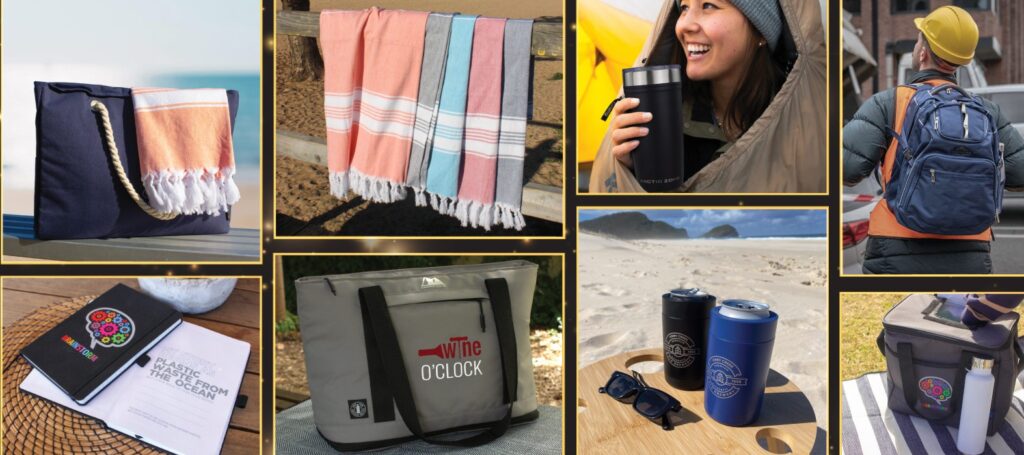
Custom printed products
Why Read Our Product Guides?
✔ Make informed decisions on bulk promotional orders
✔ Learn how to maximise brand exposure with branded giveaways
✔ Find creative marketing ideas for corporate & promotional gifting
✔ Discover eco-friendly alternatives for sustainable branding
Safety Standards & Performance Articles
Safety Standards
Product Performance Ratings
Quality Assurance
Case Studies
Buying Guides Sorted by Product Categories
Articles on Promotional Bags
Articles on Promotional Notebooks
Articles on Promotional Giveaways
Articles on Promotional Eco Friendly Items
Articles on Promotional Umbrellas
Articles on Promotional Pens
Articles on Custom Bottles
Articles on Custom Ponchos
Articles on Custom USB
Articles on Custom Tee Shirts
Articles on Custom Diaries
Articles on Branded Caps
Articles on Branded Sticky Notes
Articles on Branded Cups
Articles on Branded Mugs
Articles on Printed Compendiums
Articles on Printed Sunscreens
Stressballs
Lanyards
Mousepads
Protein Shakers
Trends & Articles Only on Apparel
Trends in clothing
Trends in corporate clothing
Trends in custom sports uniforms
Trends in custom Outdoor Apparel
Trends in custom Workwear
Trends in branded Corporate Uniforms
Trends in branded corporate Jackets
Trends in branded Hi Vis Safety Workwear
Trends in personalised Polo Shirts
Articles on Marketing & Gift Ideas
Ideas for Gifts for Occasions
Conference Products
Guides for your Corporate Expo Conference Event
Corporate Merchandise
Event & Tradeshow Products
Articles On Confectionery Lollies
Industry Insights & General Buying Guides
Promotional Items
Promotional Products
Buying Guides for Merch
Our Suppliers
Marketing with Merchandise
Explore our Product Articles
Browse our articles and expert guides to find the best corporate and organisation merchandise for your brand. Need specific advice for your company? Contact our team today, and let’s talk about how we can help you. 🚀 Enhance your brand with expert promotional product insights.





 Sale
Sale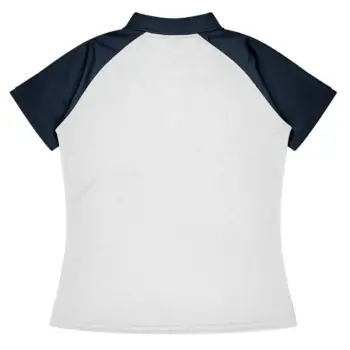

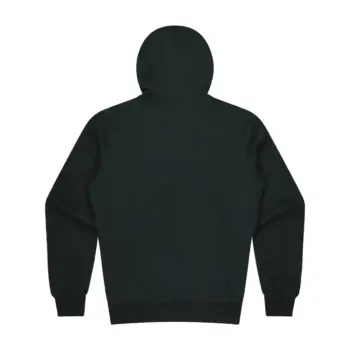
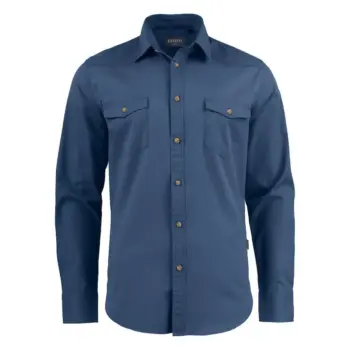
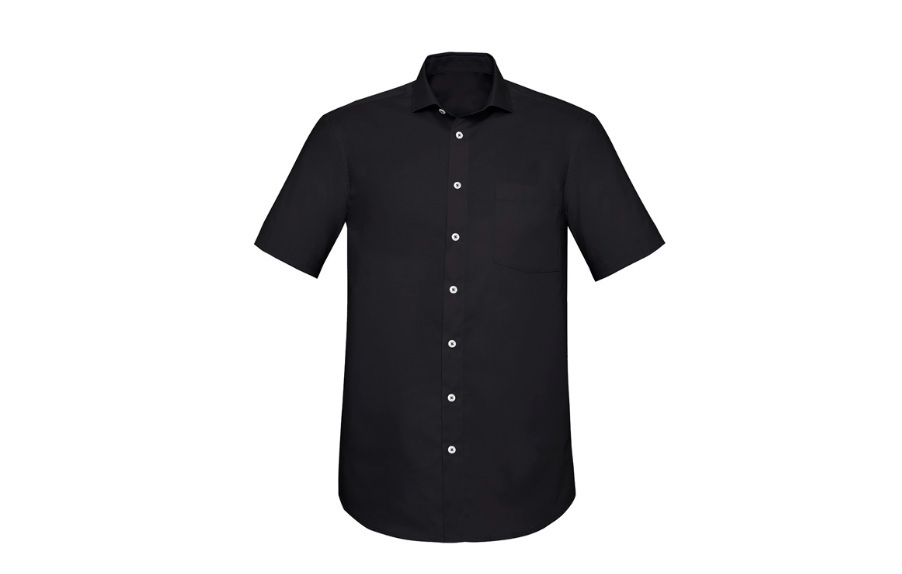 Corporate Uniforms
Corporate Uniforms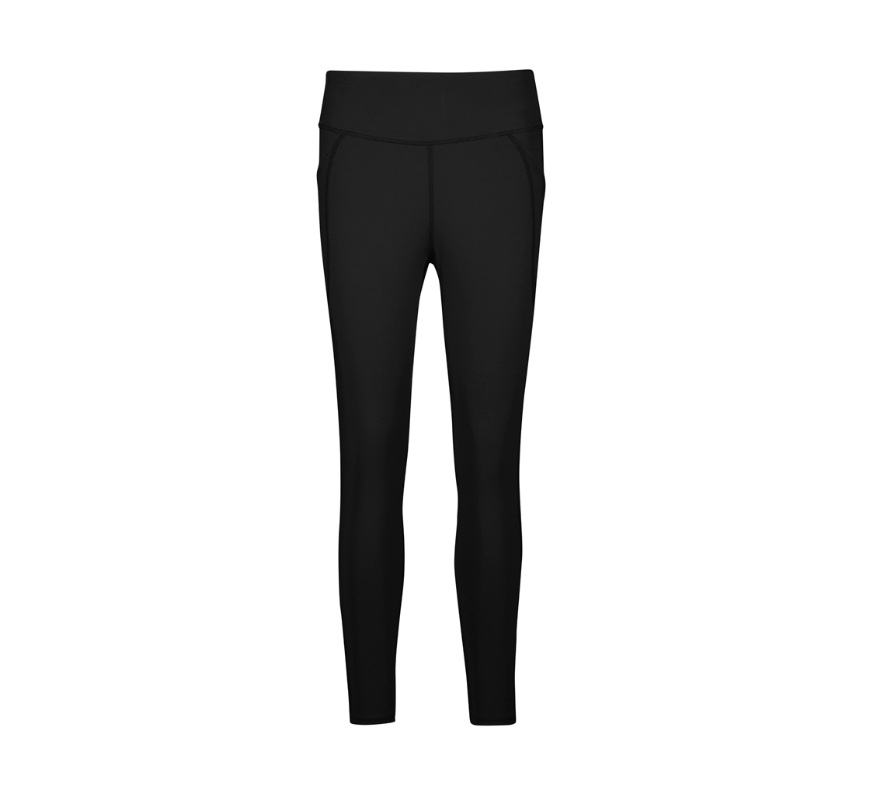 Eco Apparel
Eco Apparel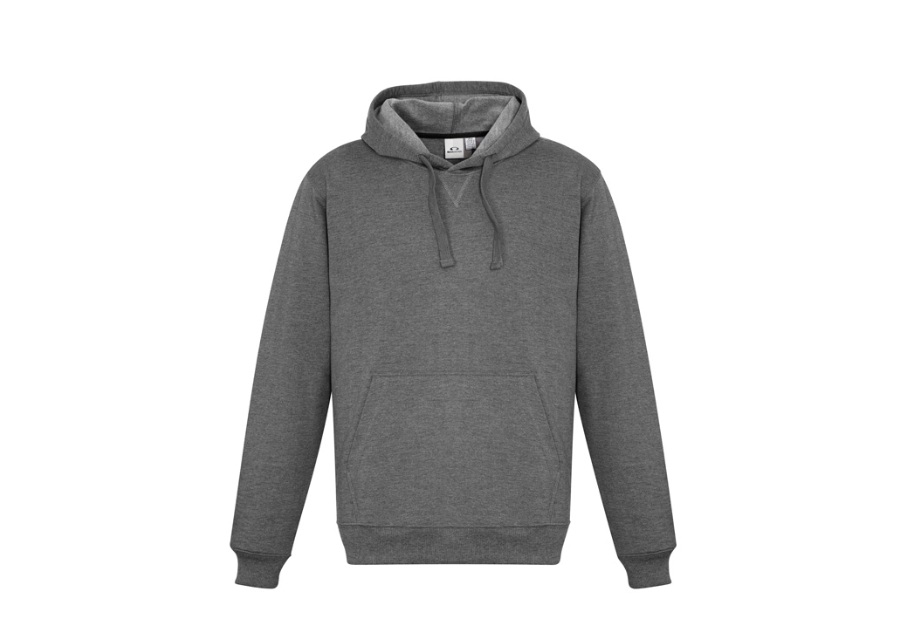 Hoodies & Sweaters
Hoodies & Sweaters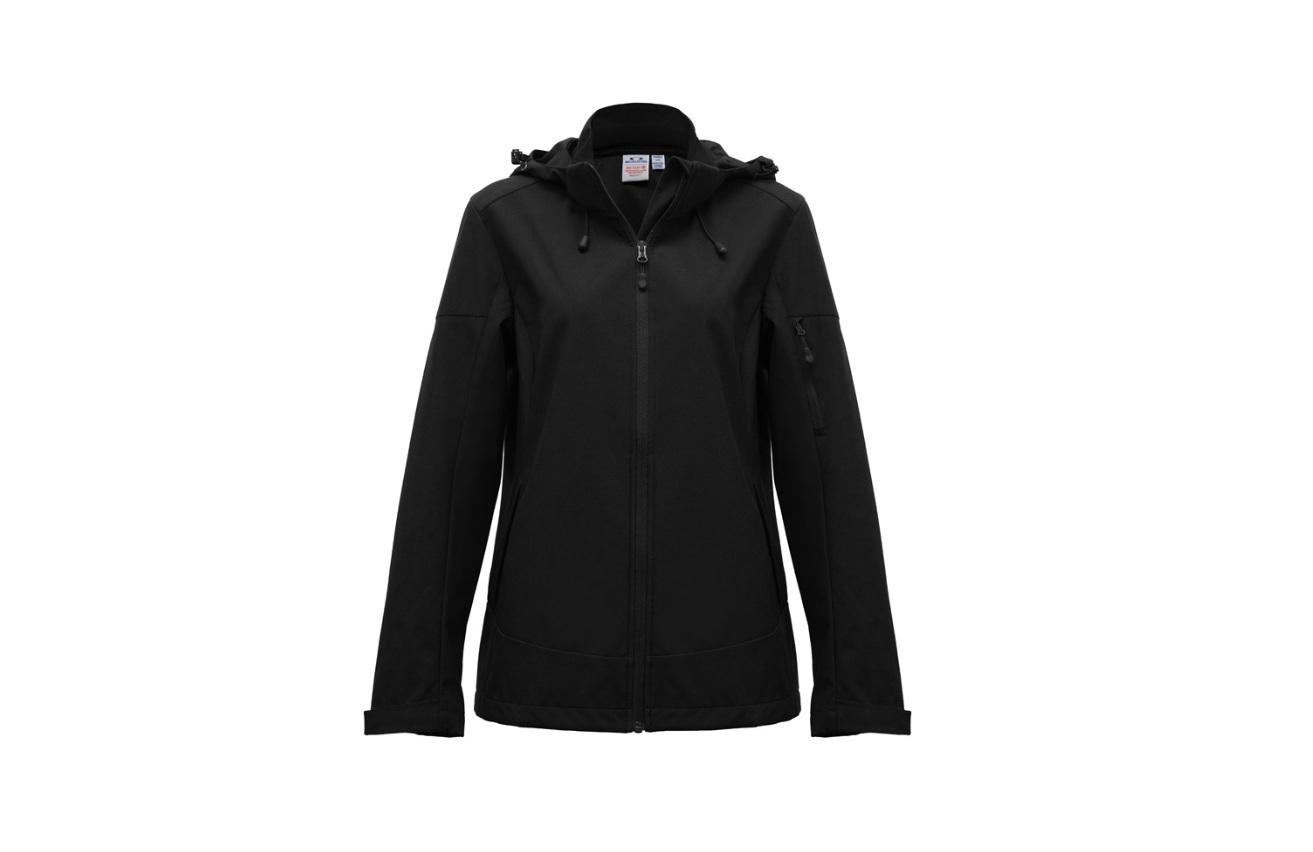 Jackets
Jackets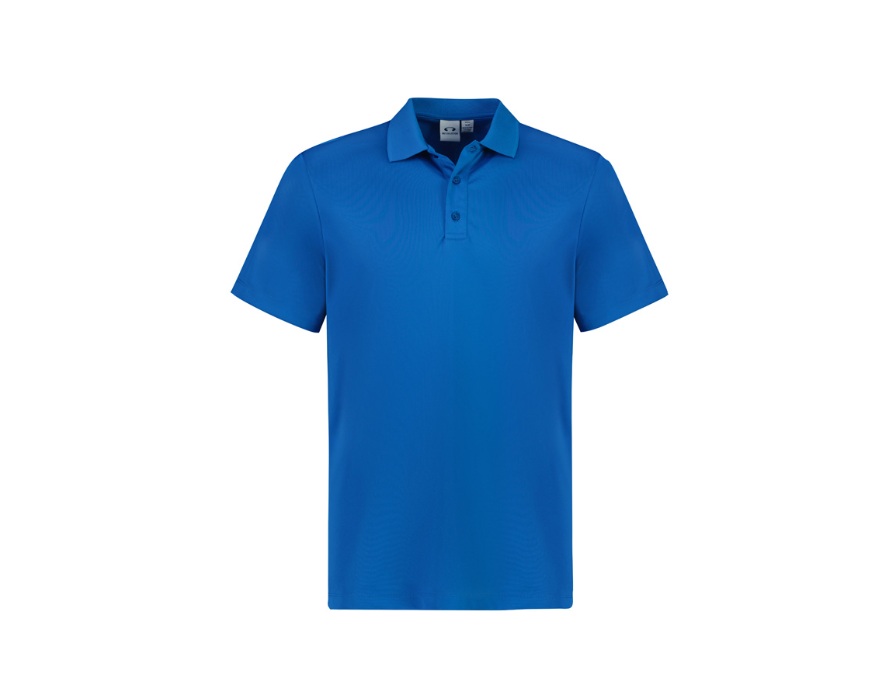 Kids' Clothes
Kids' Clothes Other Apparel
Other Apparel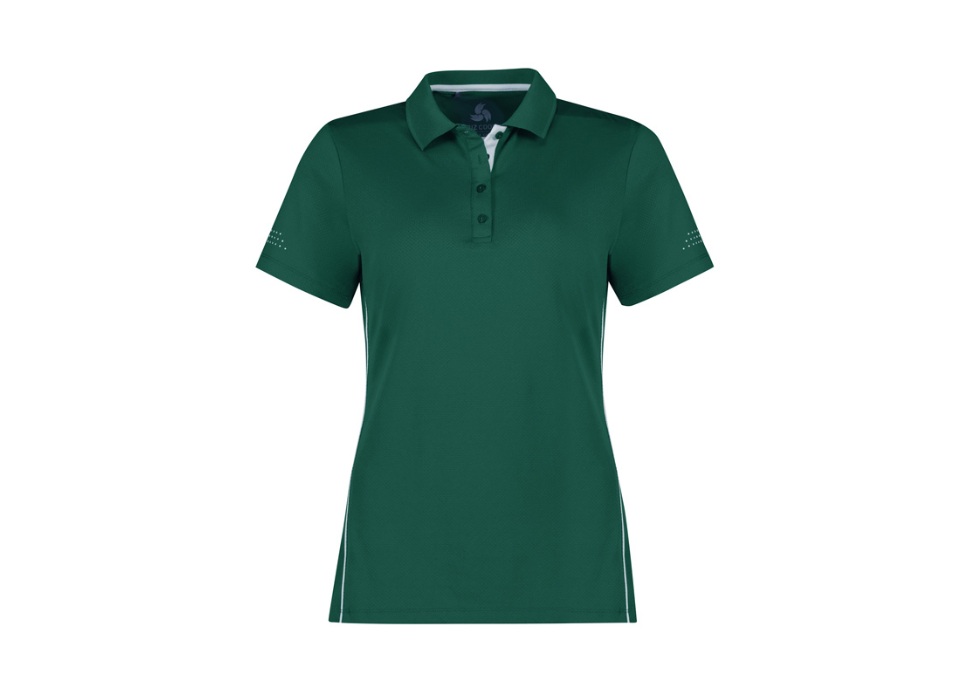 Polo Shirts
Polo Shirts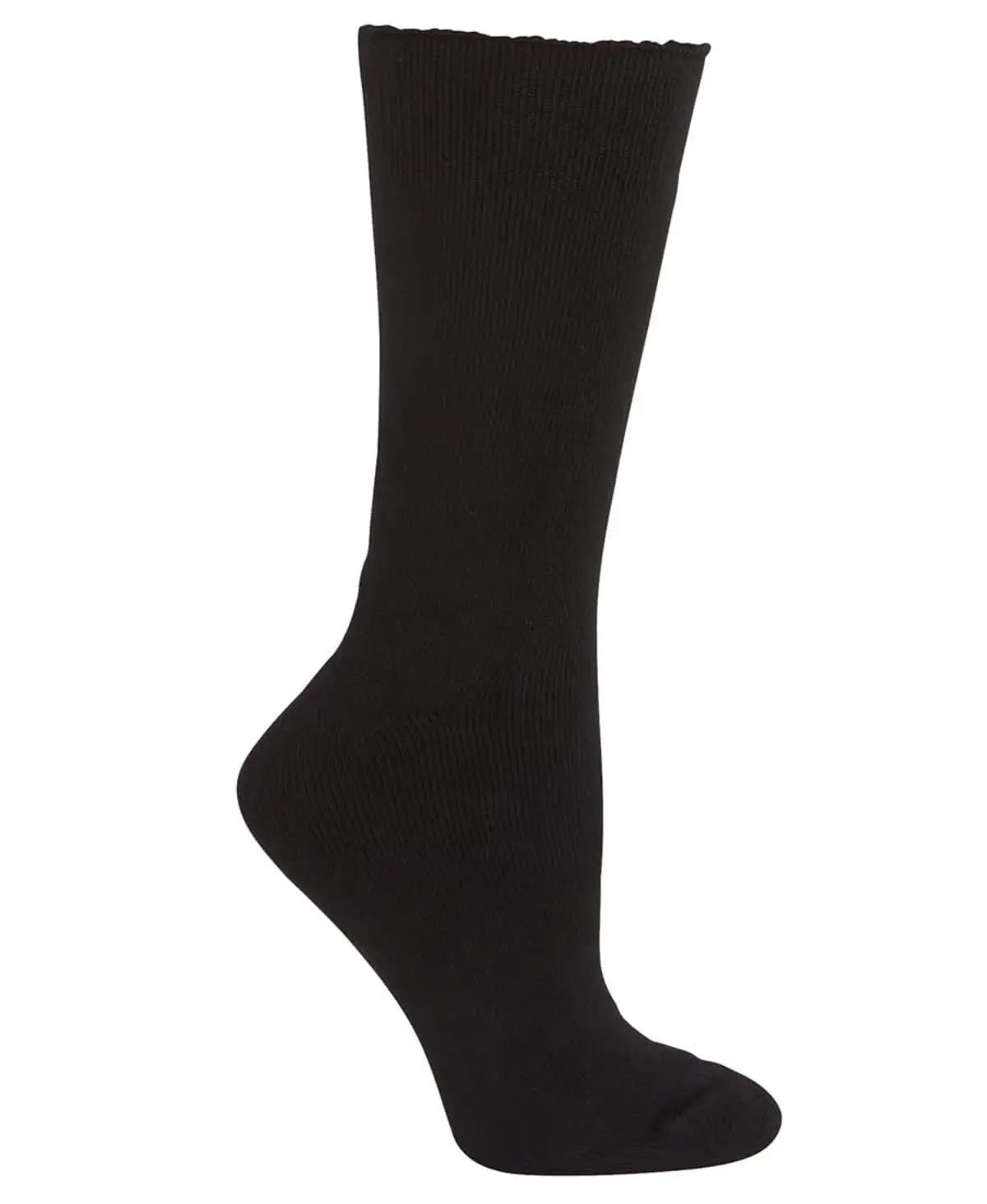 Socks
Socks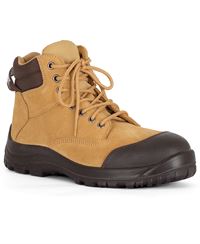 Shoes
Shoes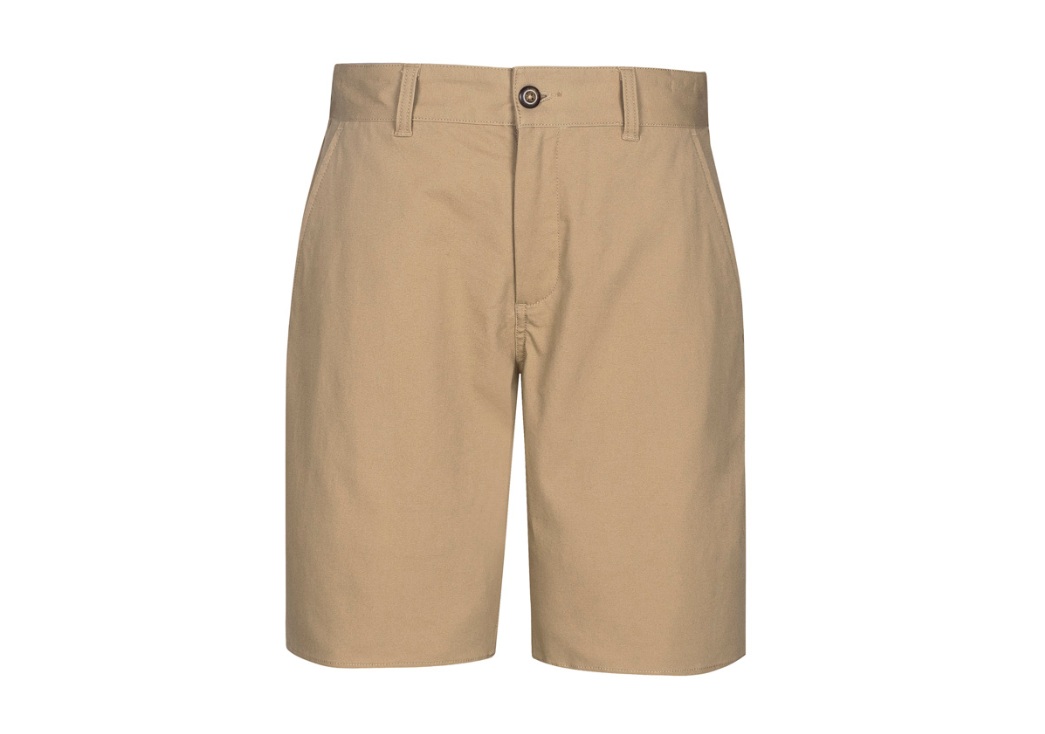 Sports Bottoms
Sports Bottoms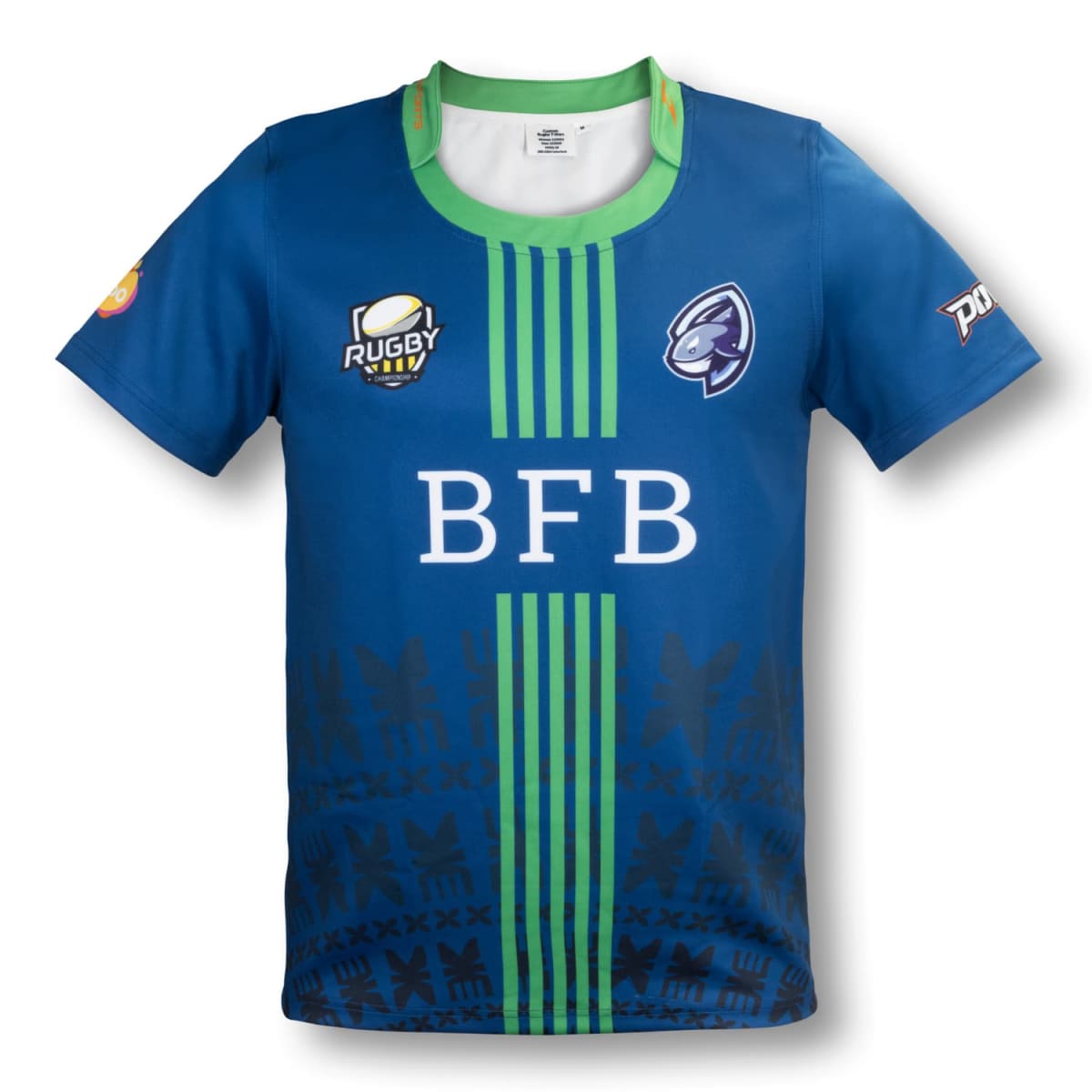 Sports Uniforms
Sports Uniforms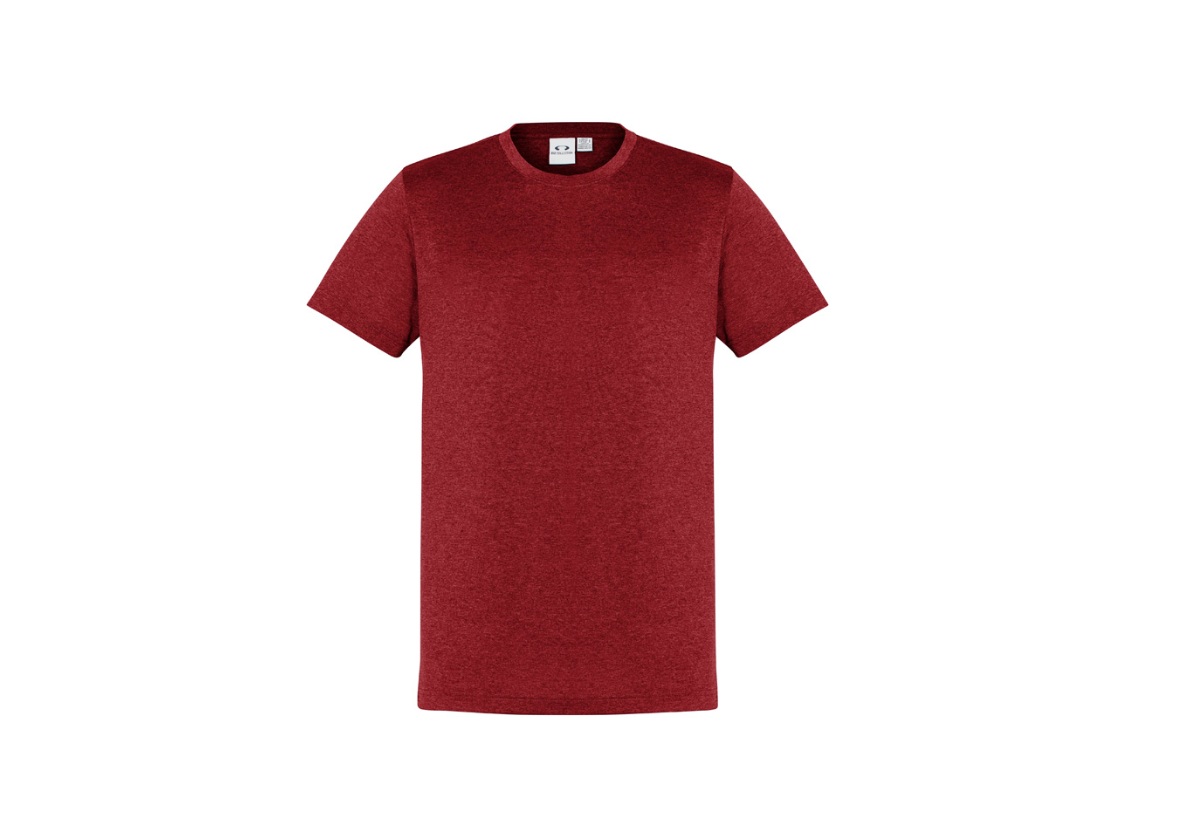 Tee Shirts
Tee Shirts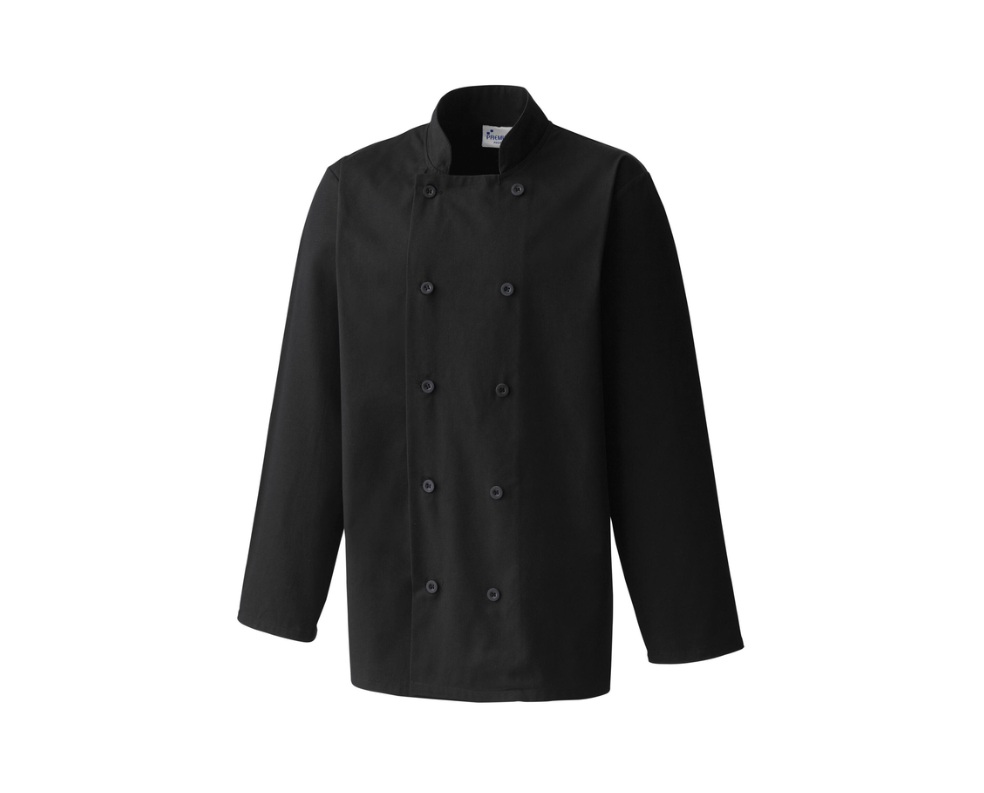 Workwear
Workwear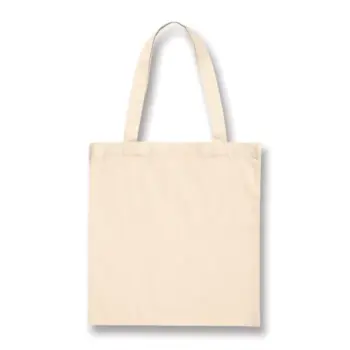

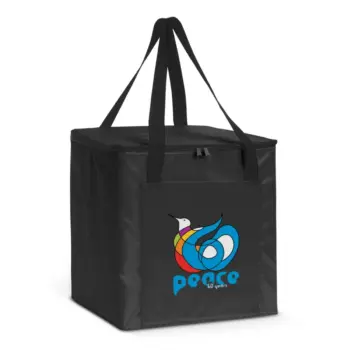
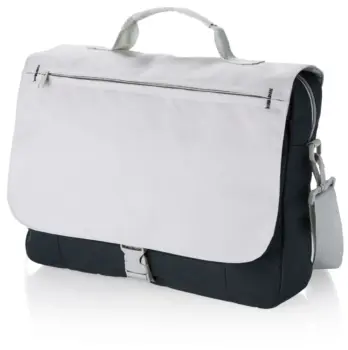
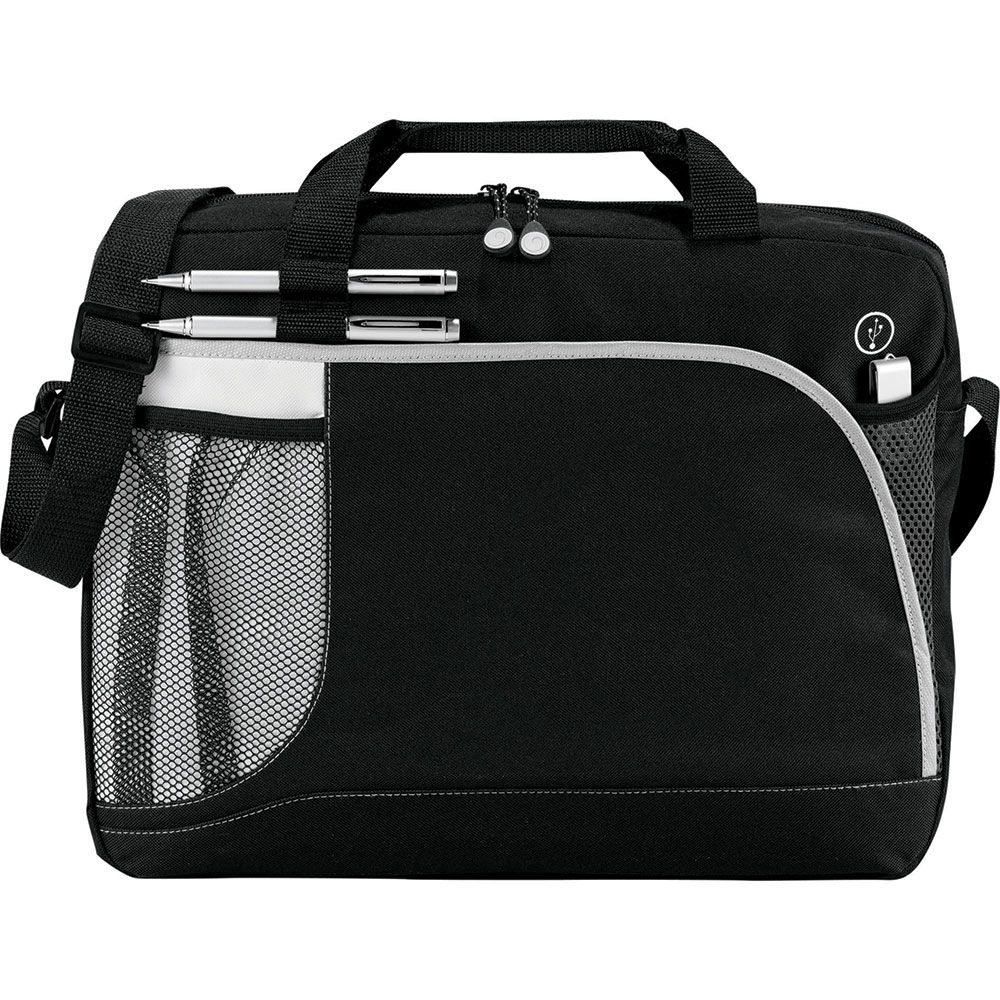 Briefcases
Briefcases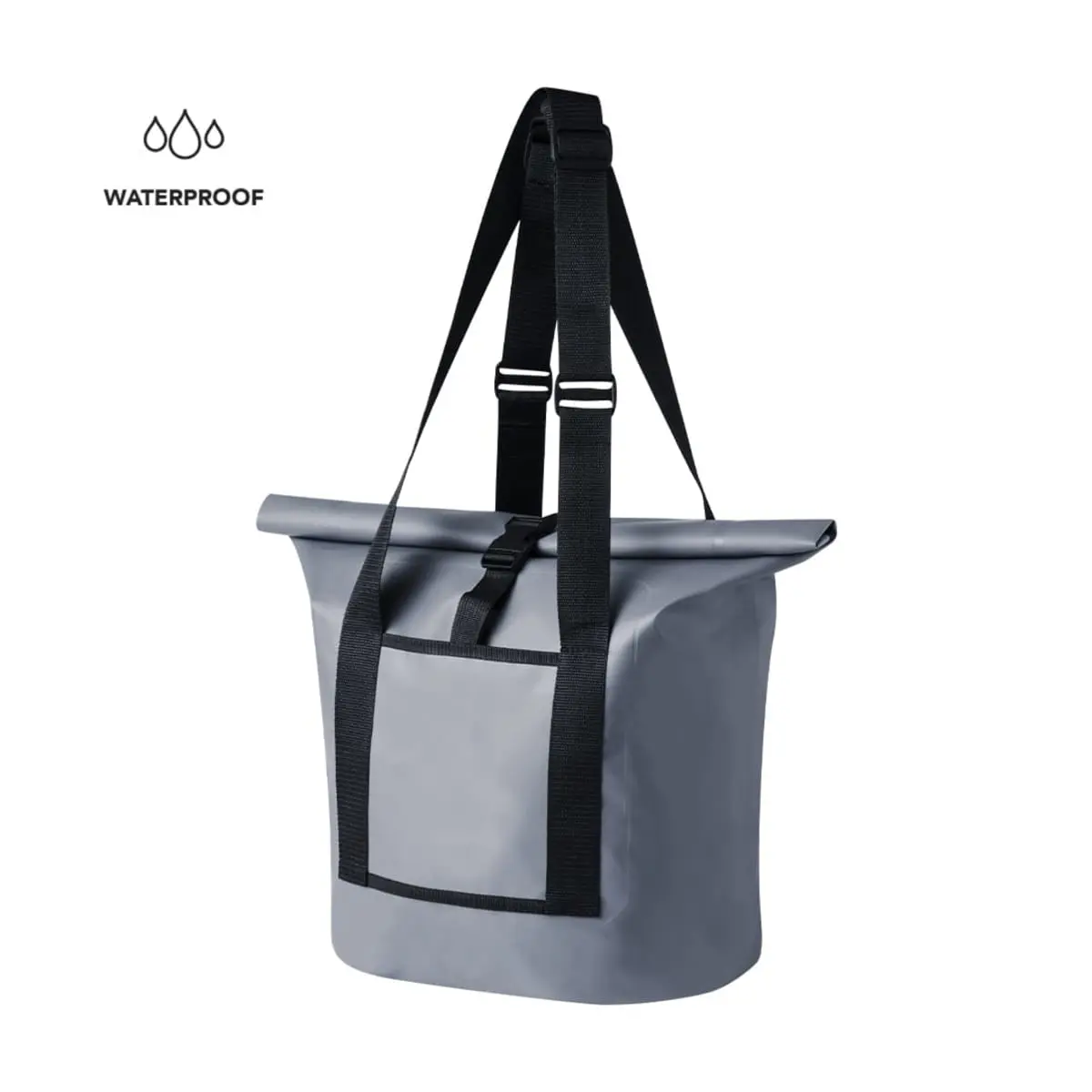 Dry Bags
Dry Bags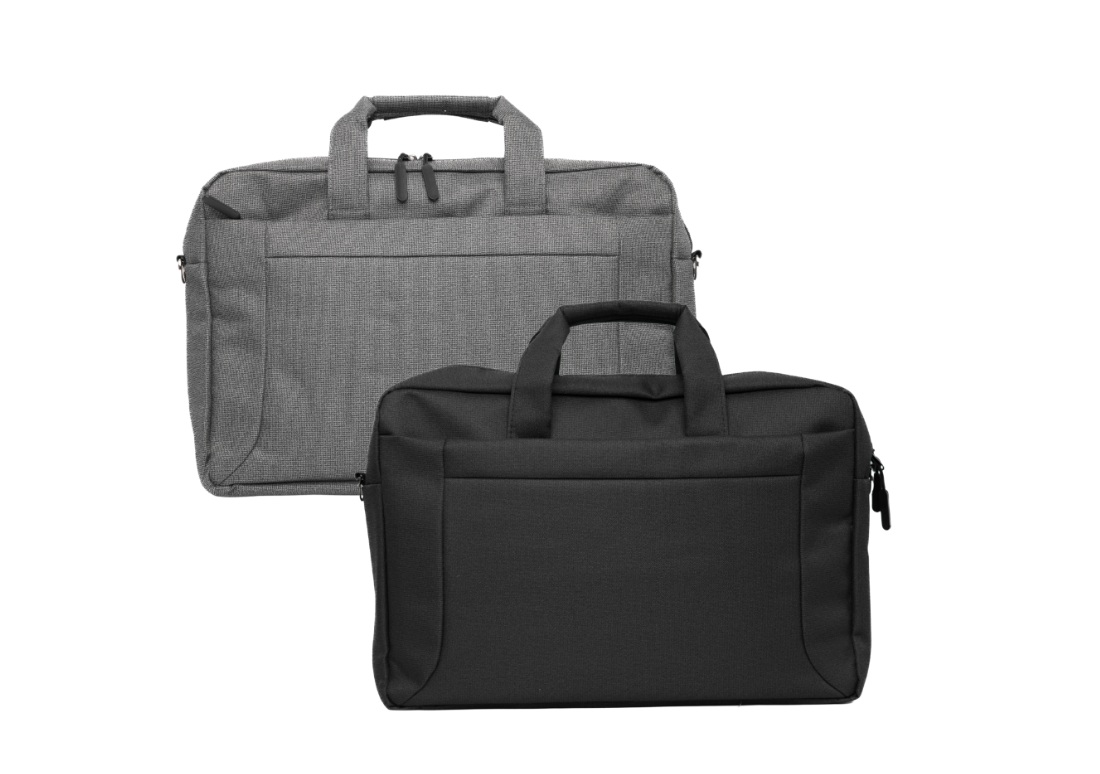 Laptop
Laptop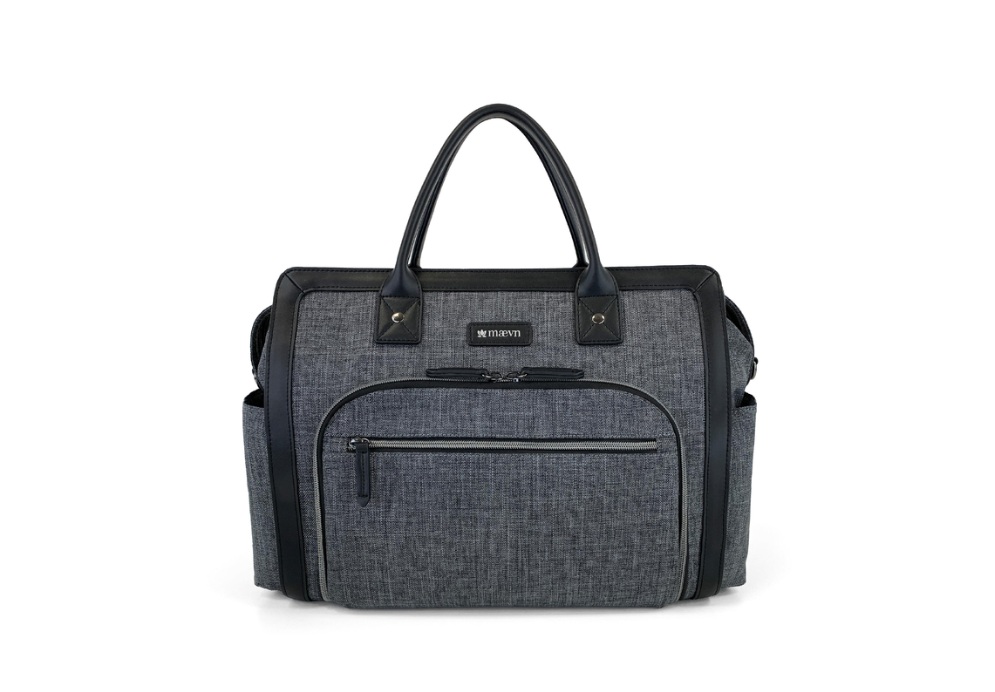 Satchels
Satchels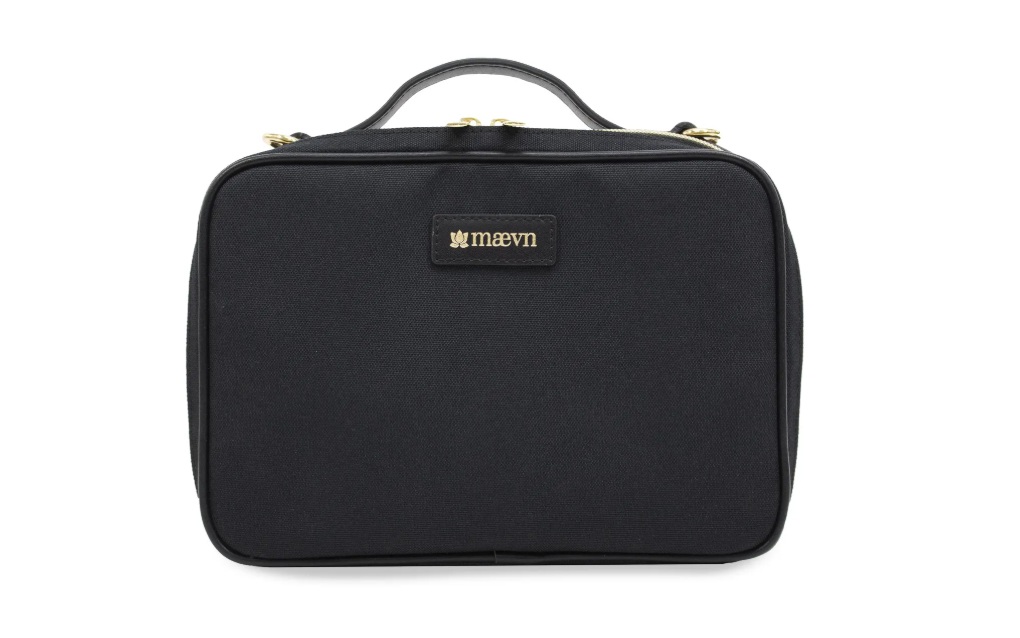 Specialised Bags
Specialised Bags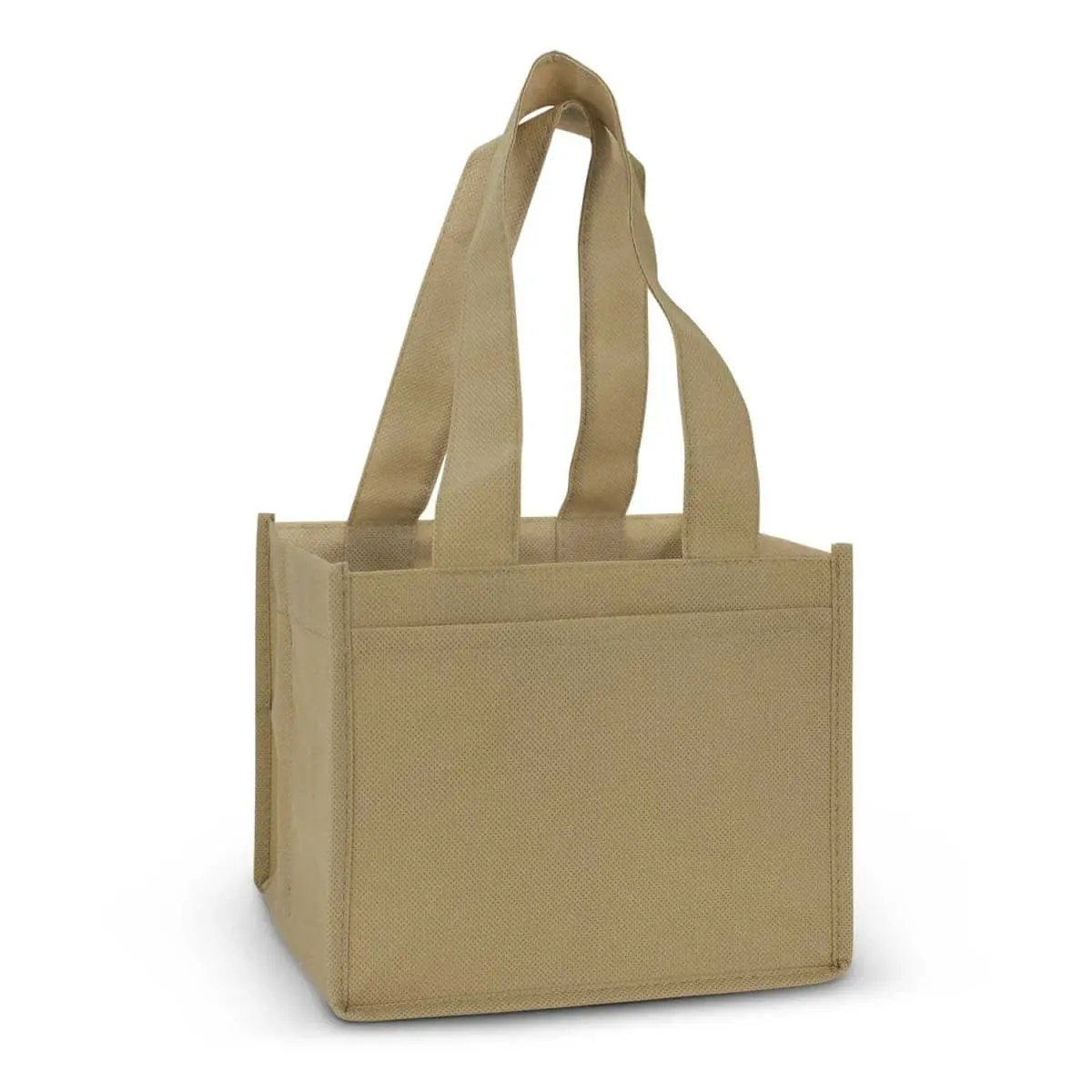 Tote Bags
Tote Bags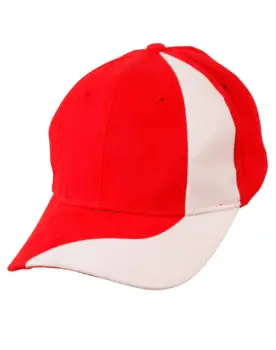
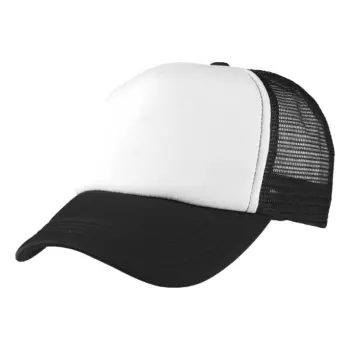
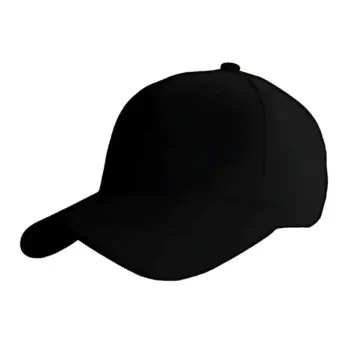
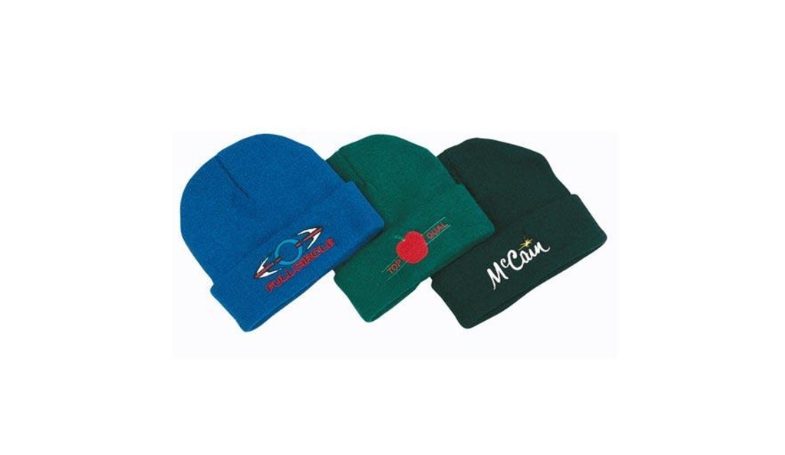 Beanies
Beanies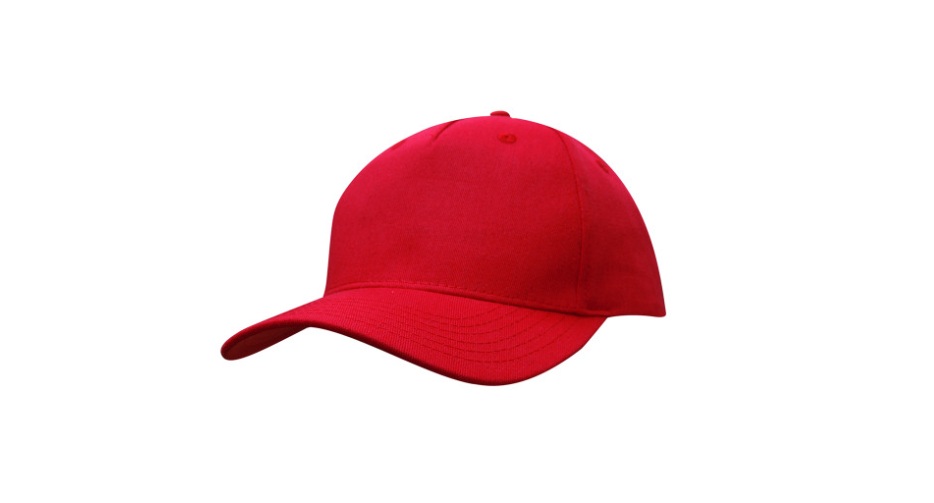 Caps
Caps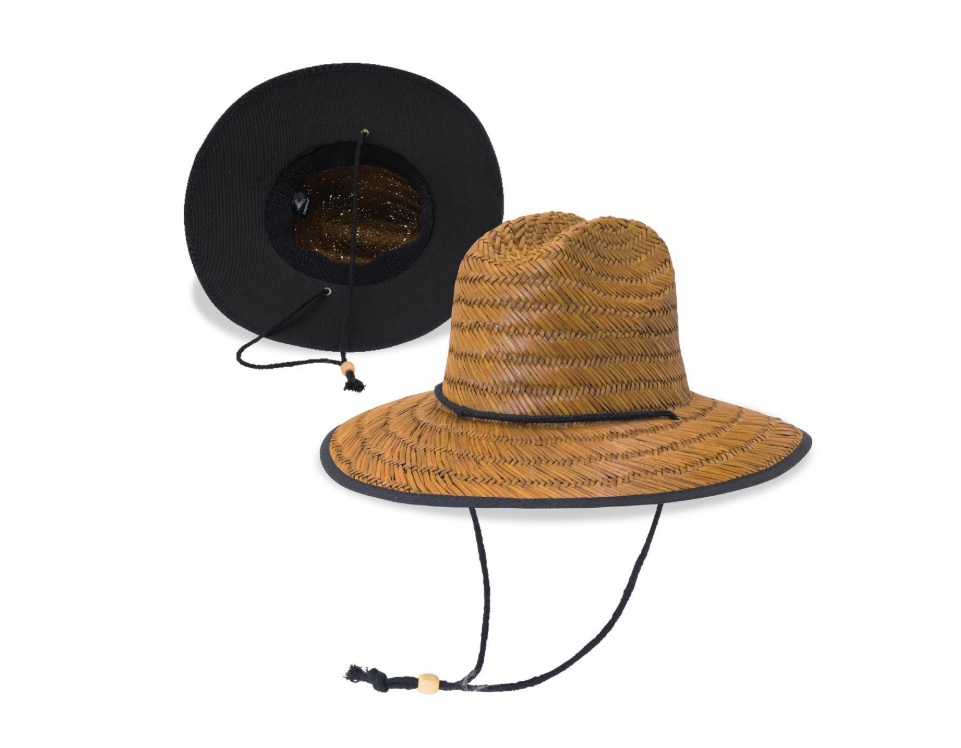 Straw Hats
Straw Hats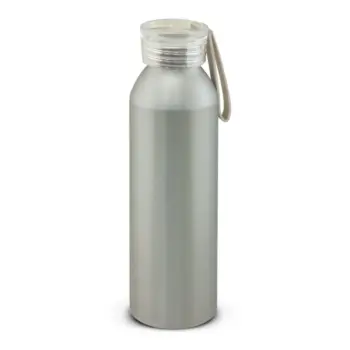
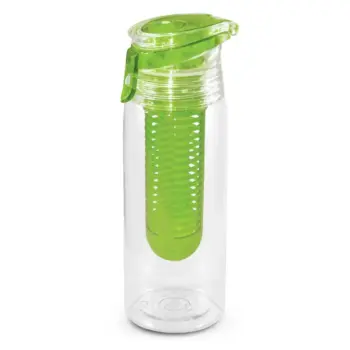
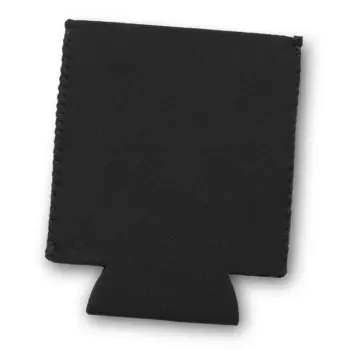
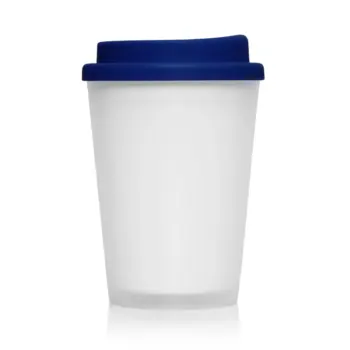
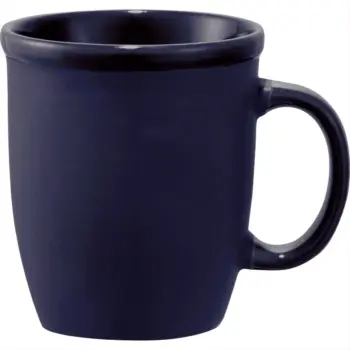
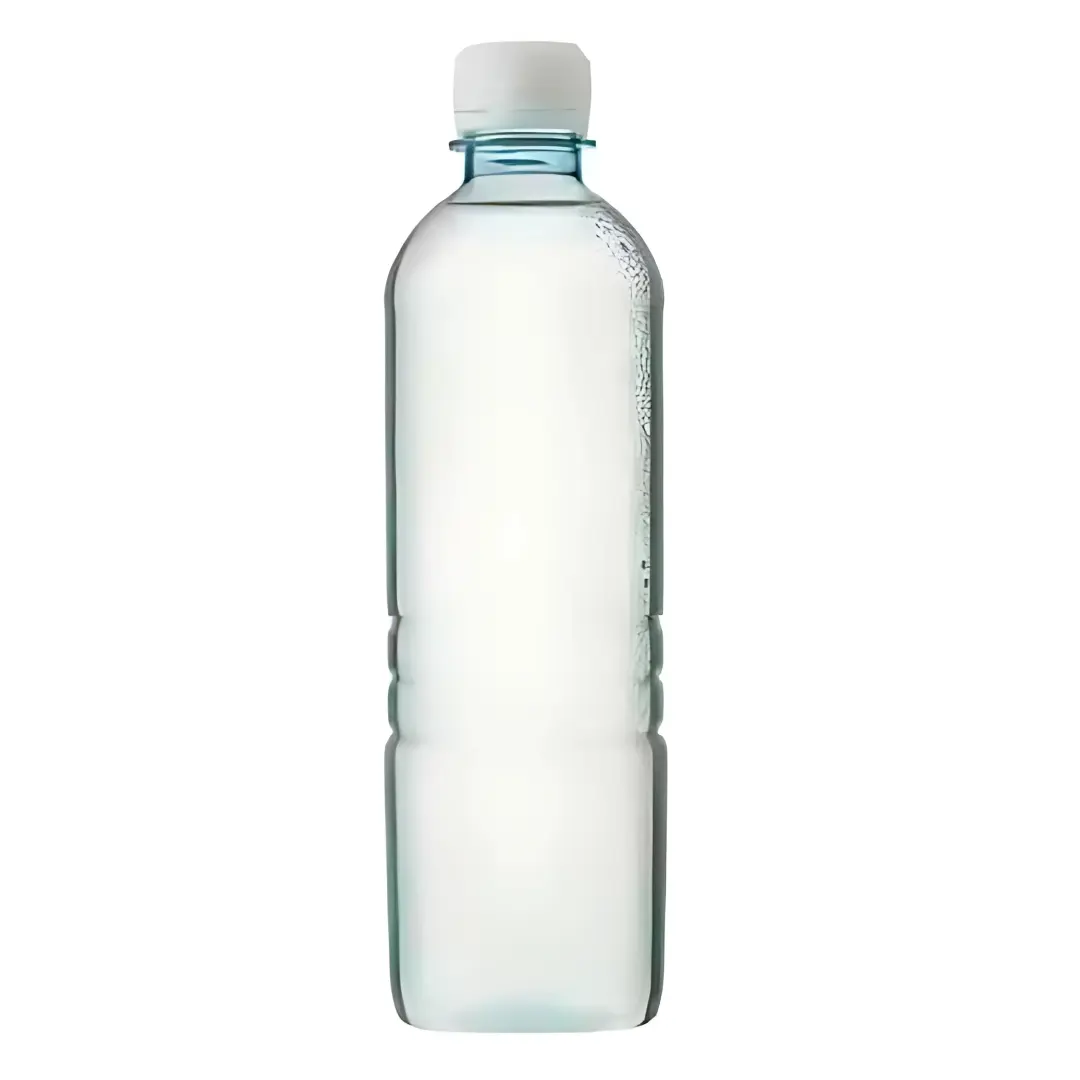 Bottled Water
Bottled Water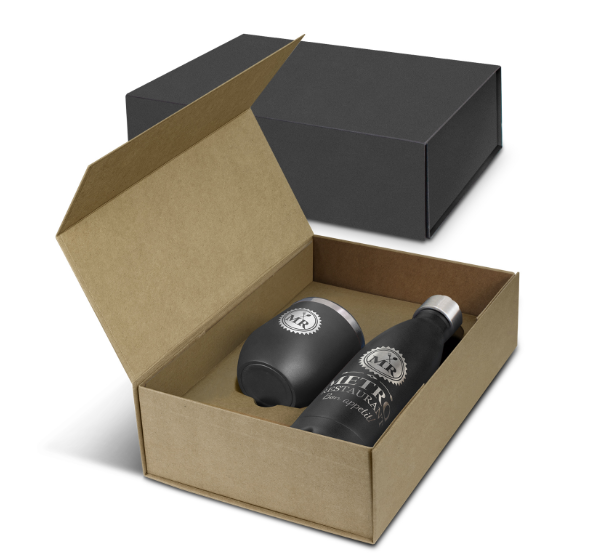 Drinkware Gift Sets
Drinkware Gift Sets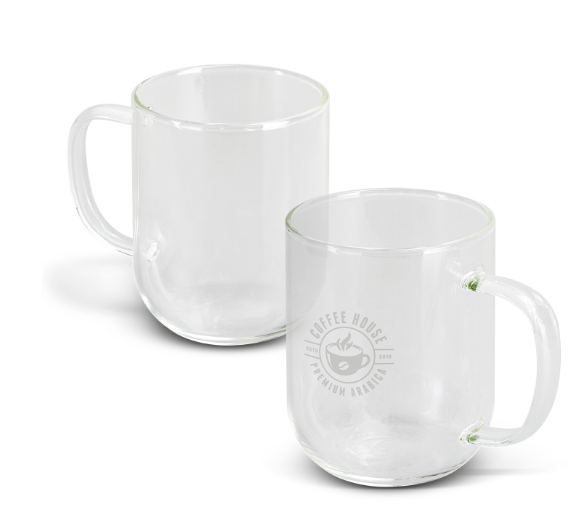 Glass & Poly Cups
Glass & Poly Cups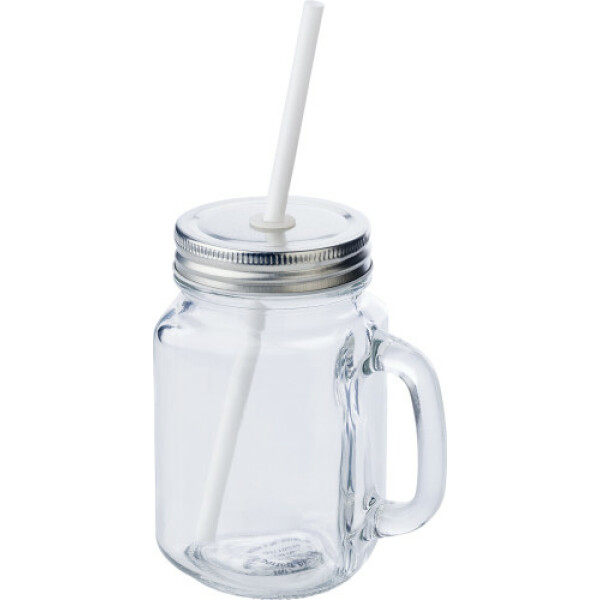 Mason Jars
Mason Jars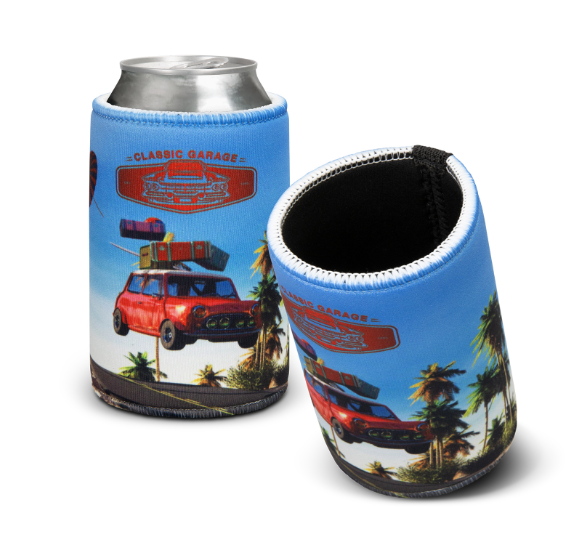 Stubby | Bar & Drinkware
Stubby | Bar & Drinkware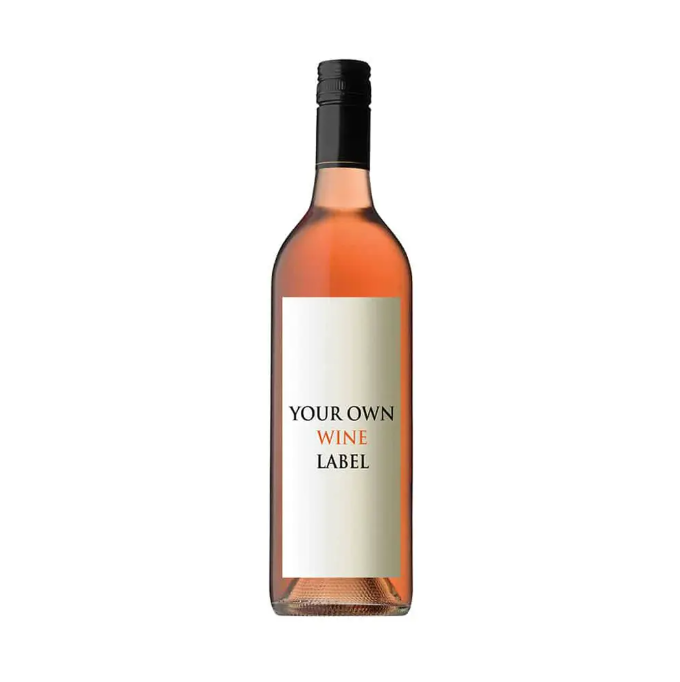 Wines
Wines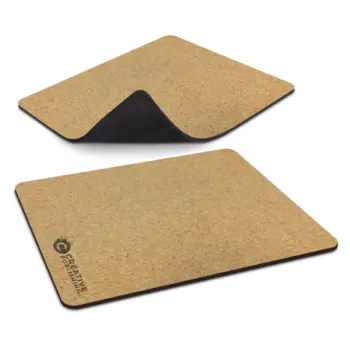


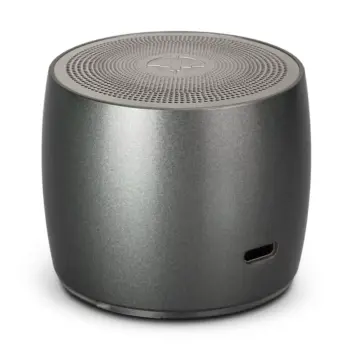
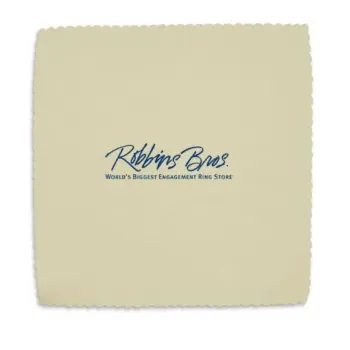
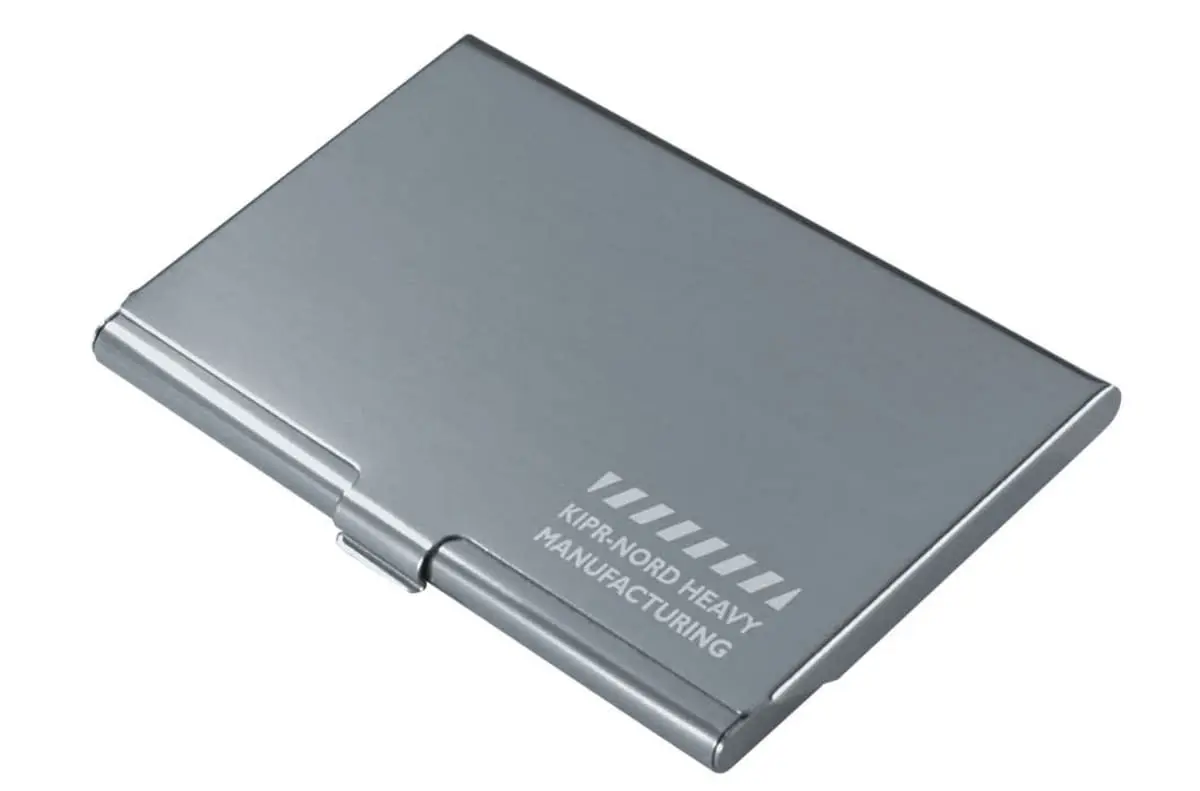 Business Card Holders
Business Card Holders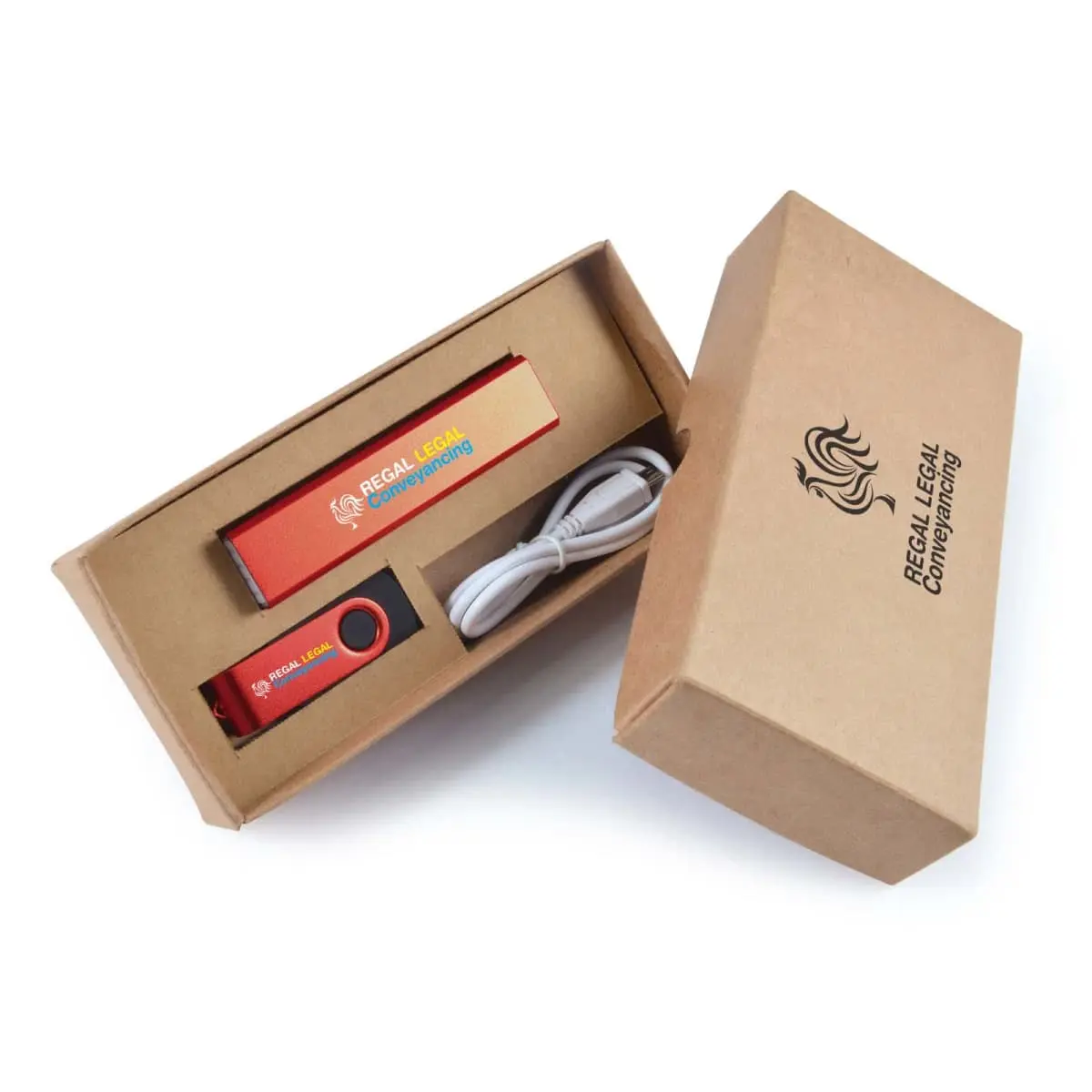 IT Gift Sets
IT Gift Sets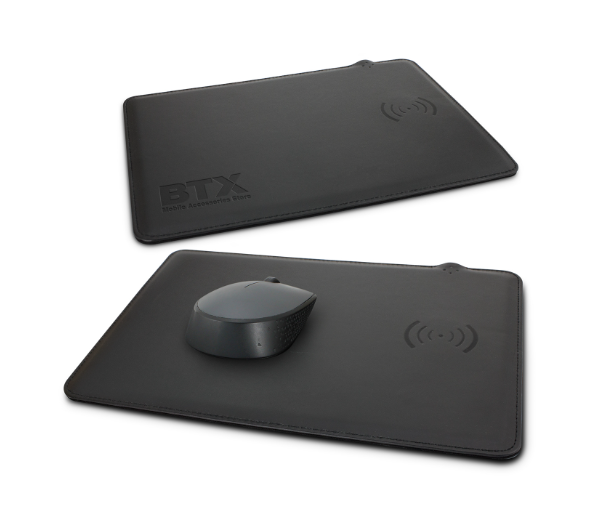 Tech Computers
Tech Computers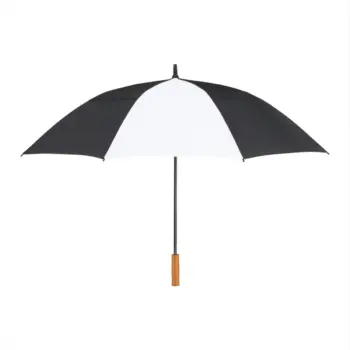
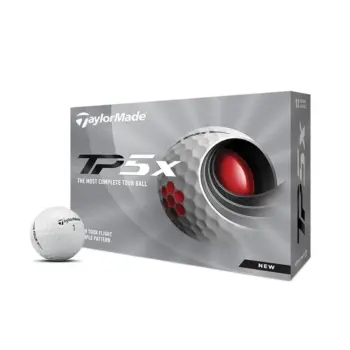
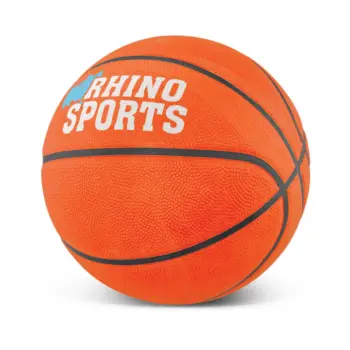
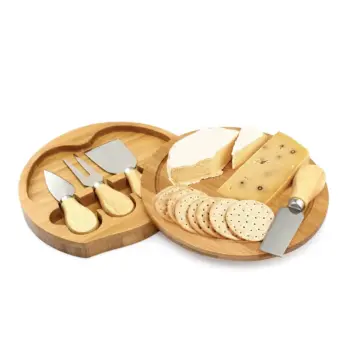
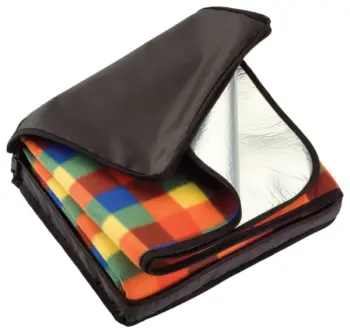
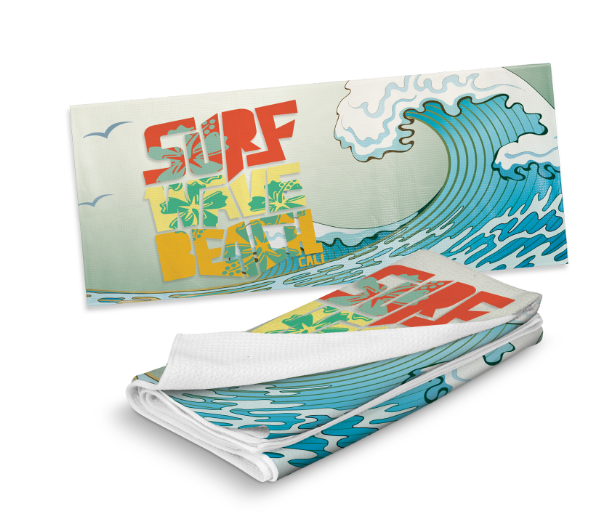 Beach Towels
Beach Towels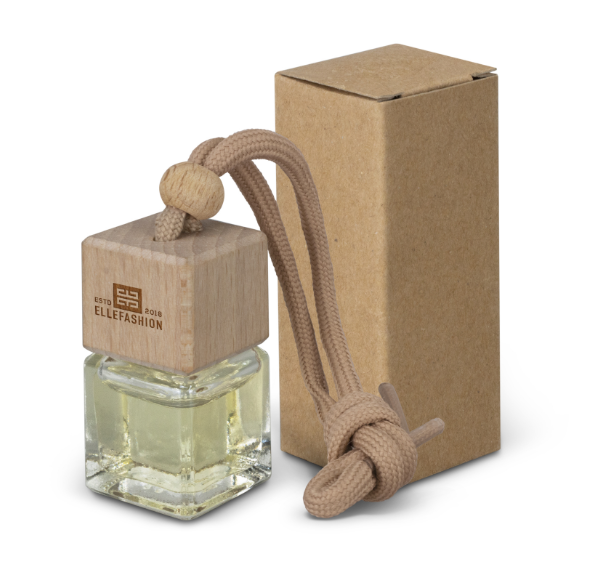 Car Accessories
Car Accessories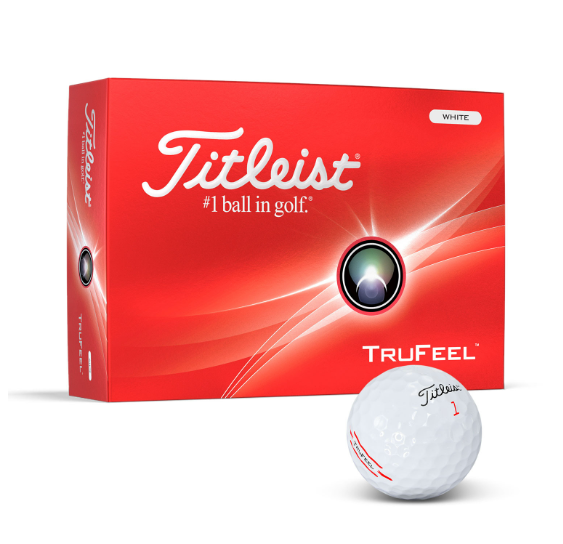 Golf
Golf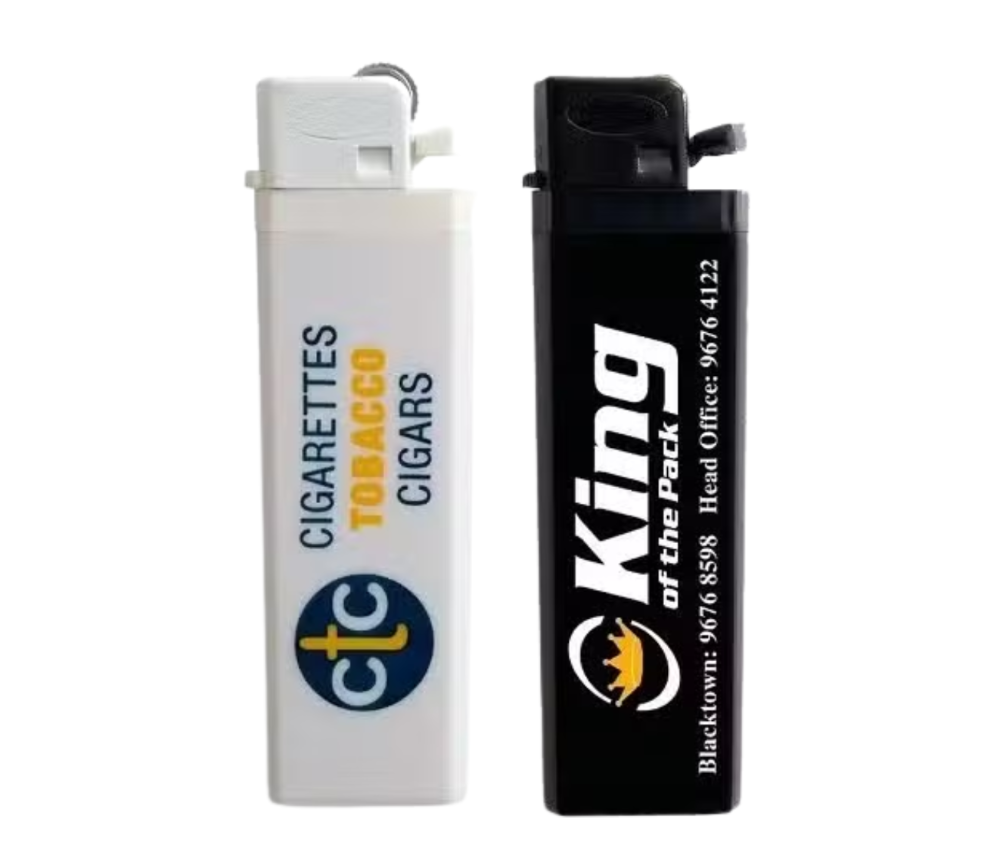 Lighters
Lighters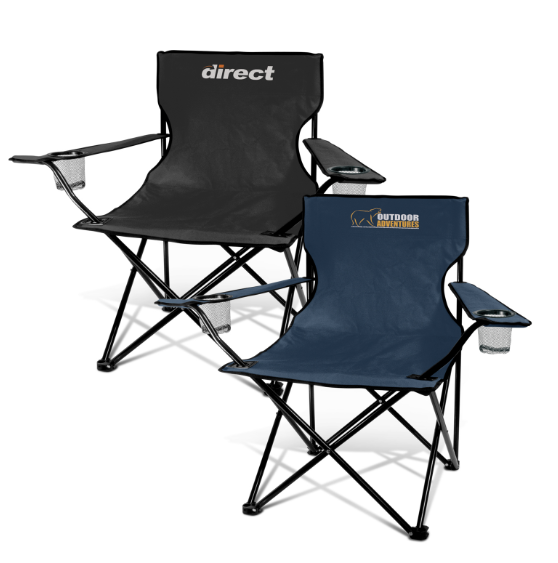 Picnic Gear
Picnic Gear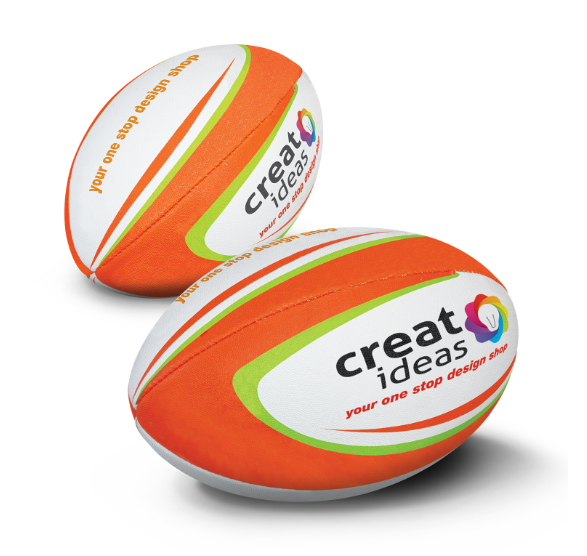 Sports Items
Sports Items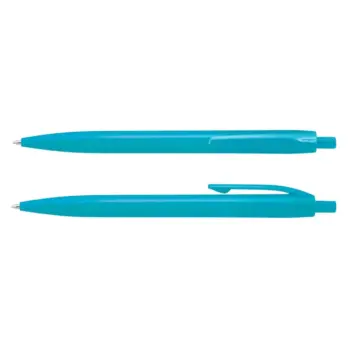
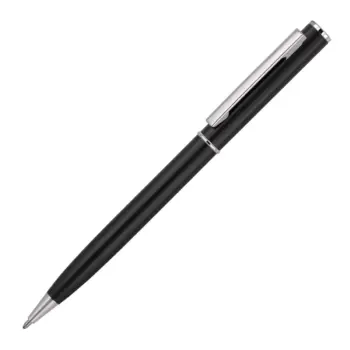
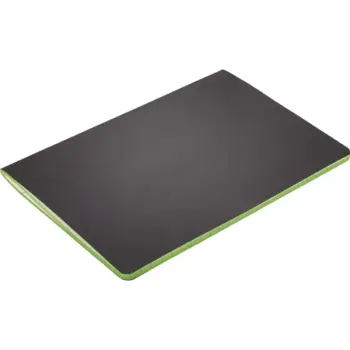
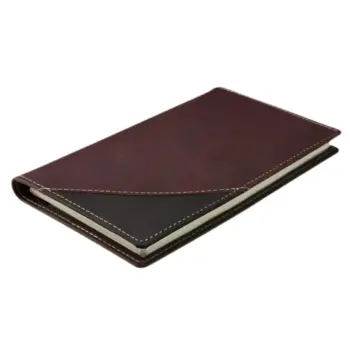
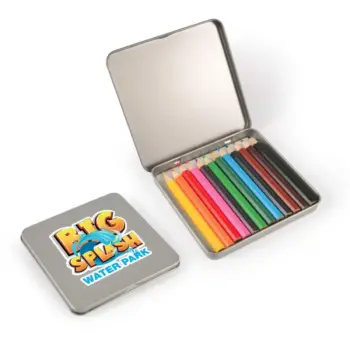
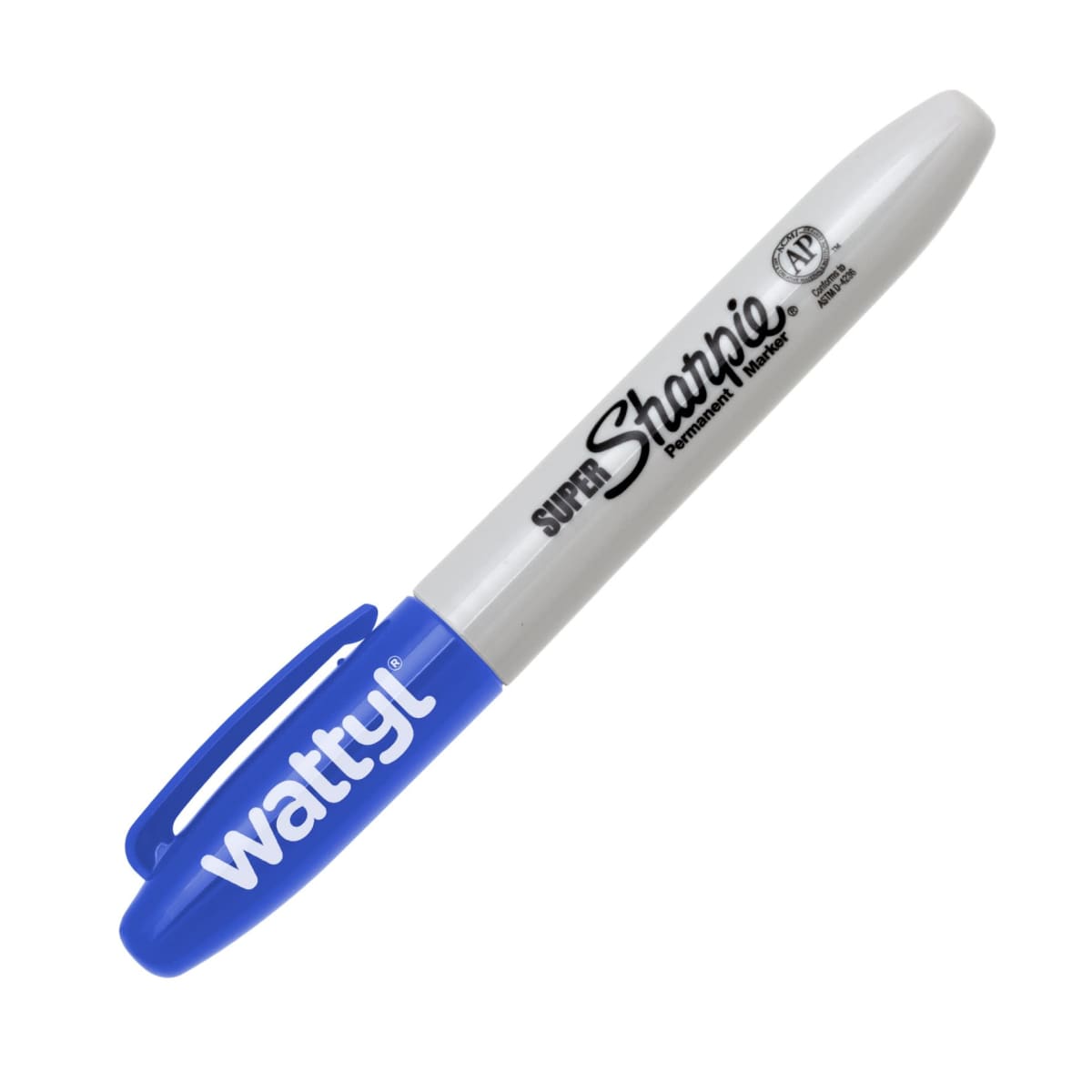 Markers
Markers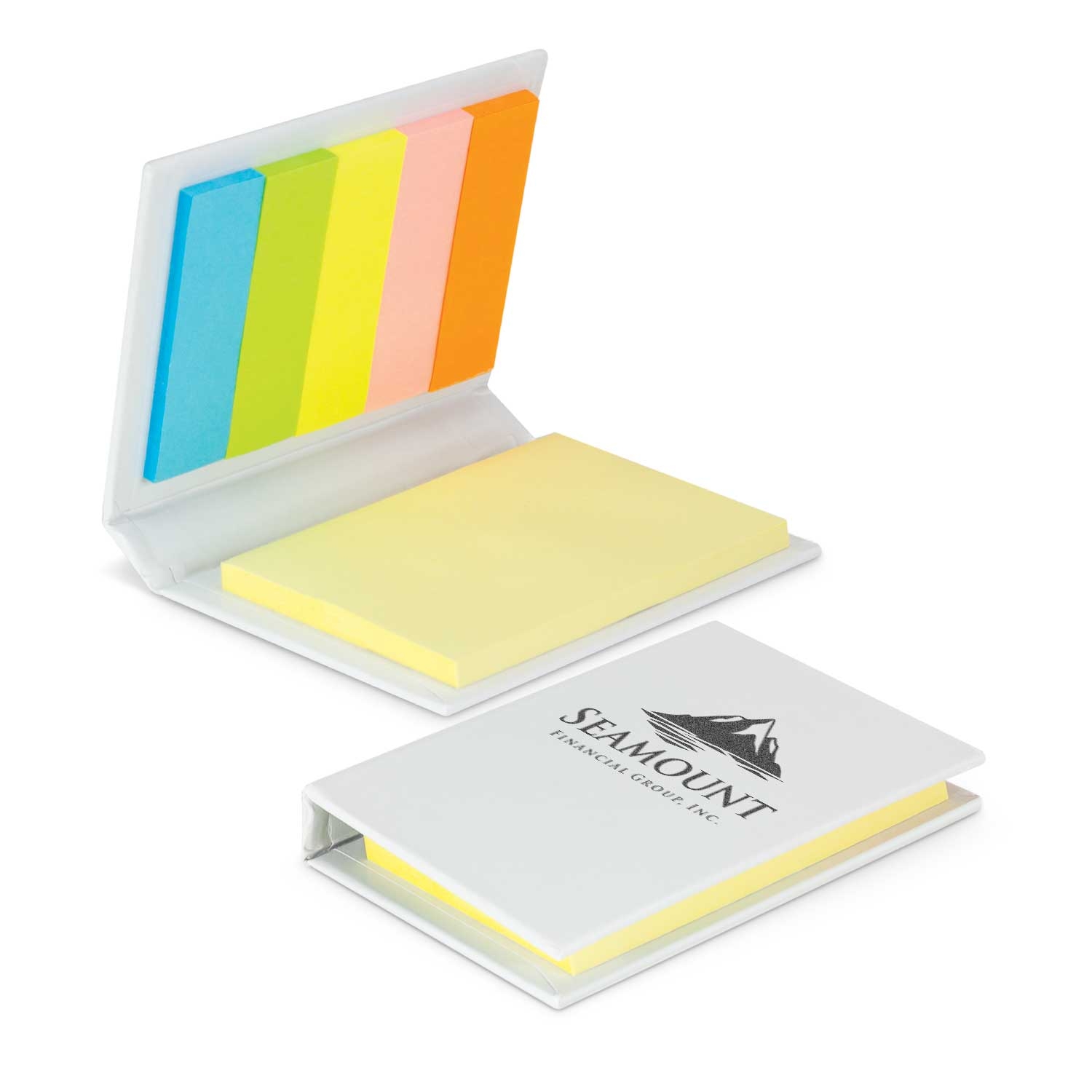 Post-It & Sticky Notes
Post-It & Sticky Notes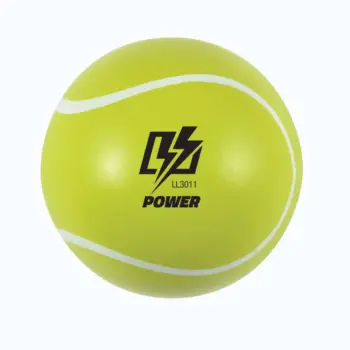
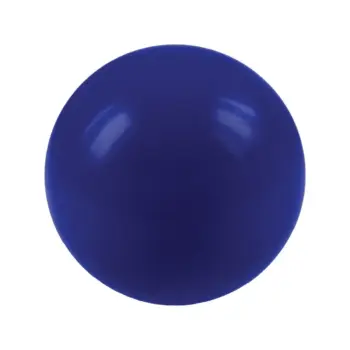

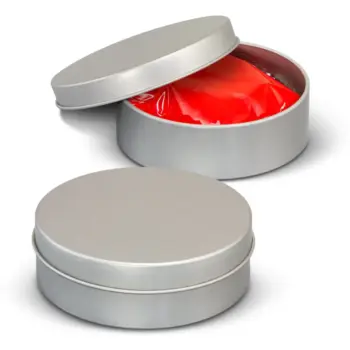
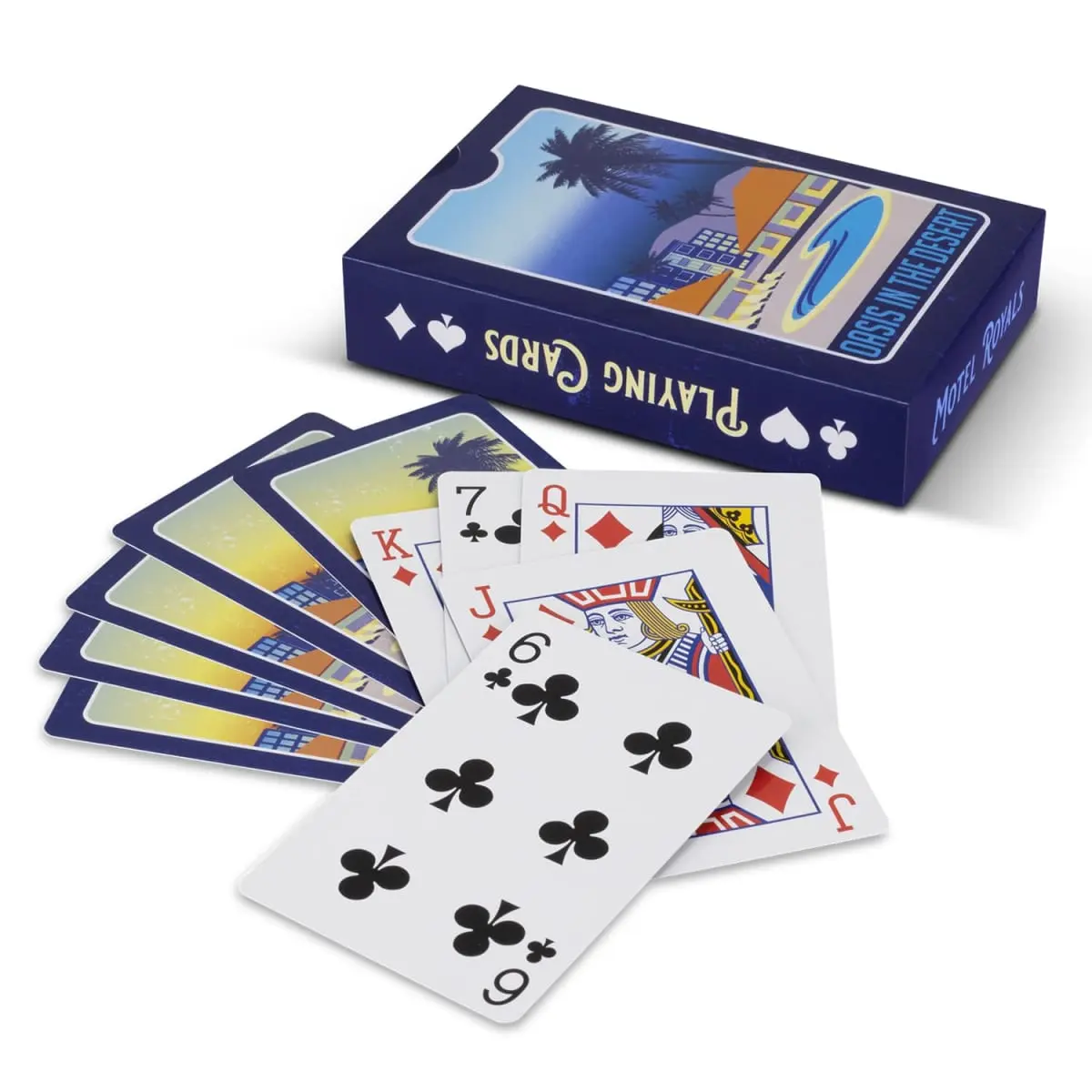 Card Decks
Card Decks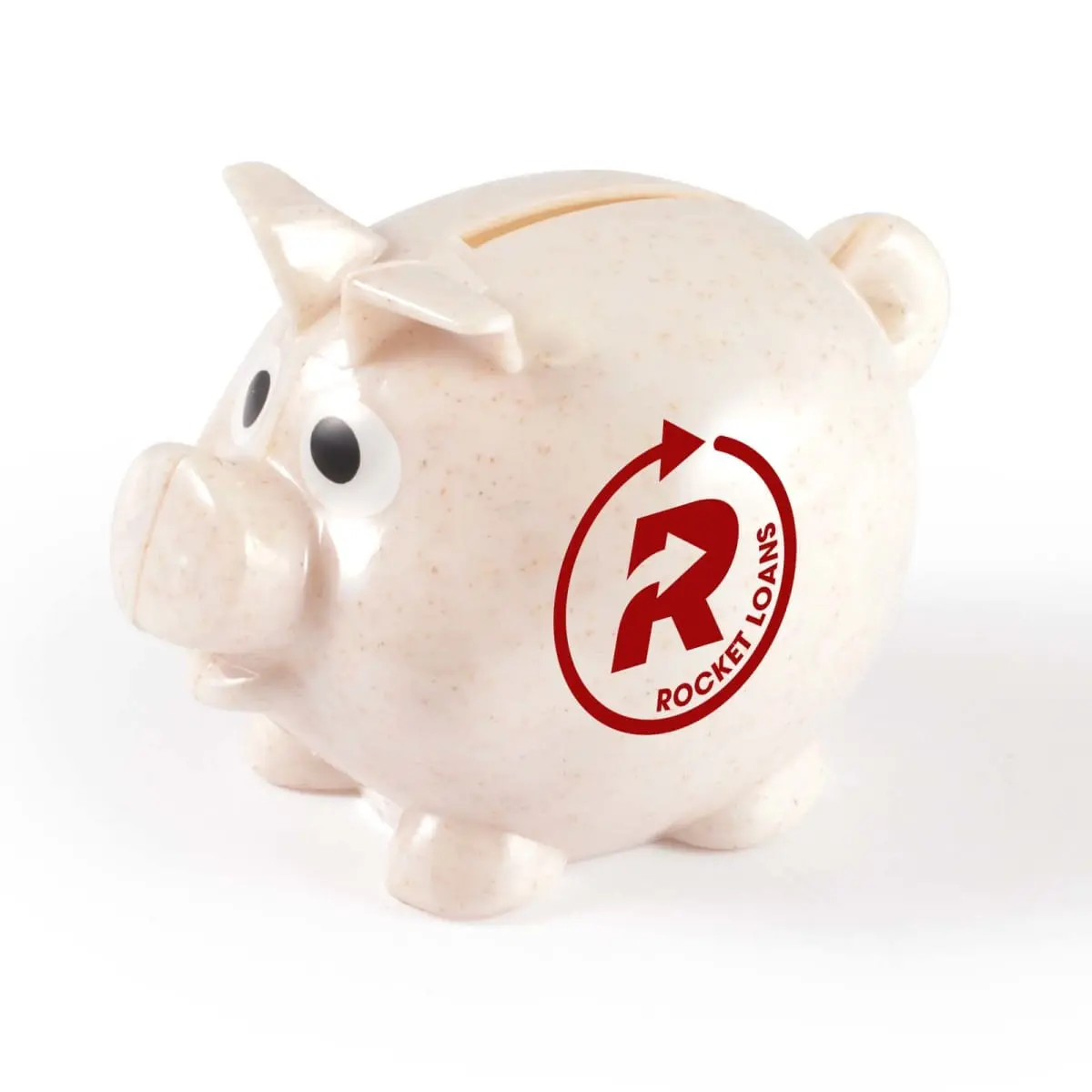 Coin Banks
Coin Banks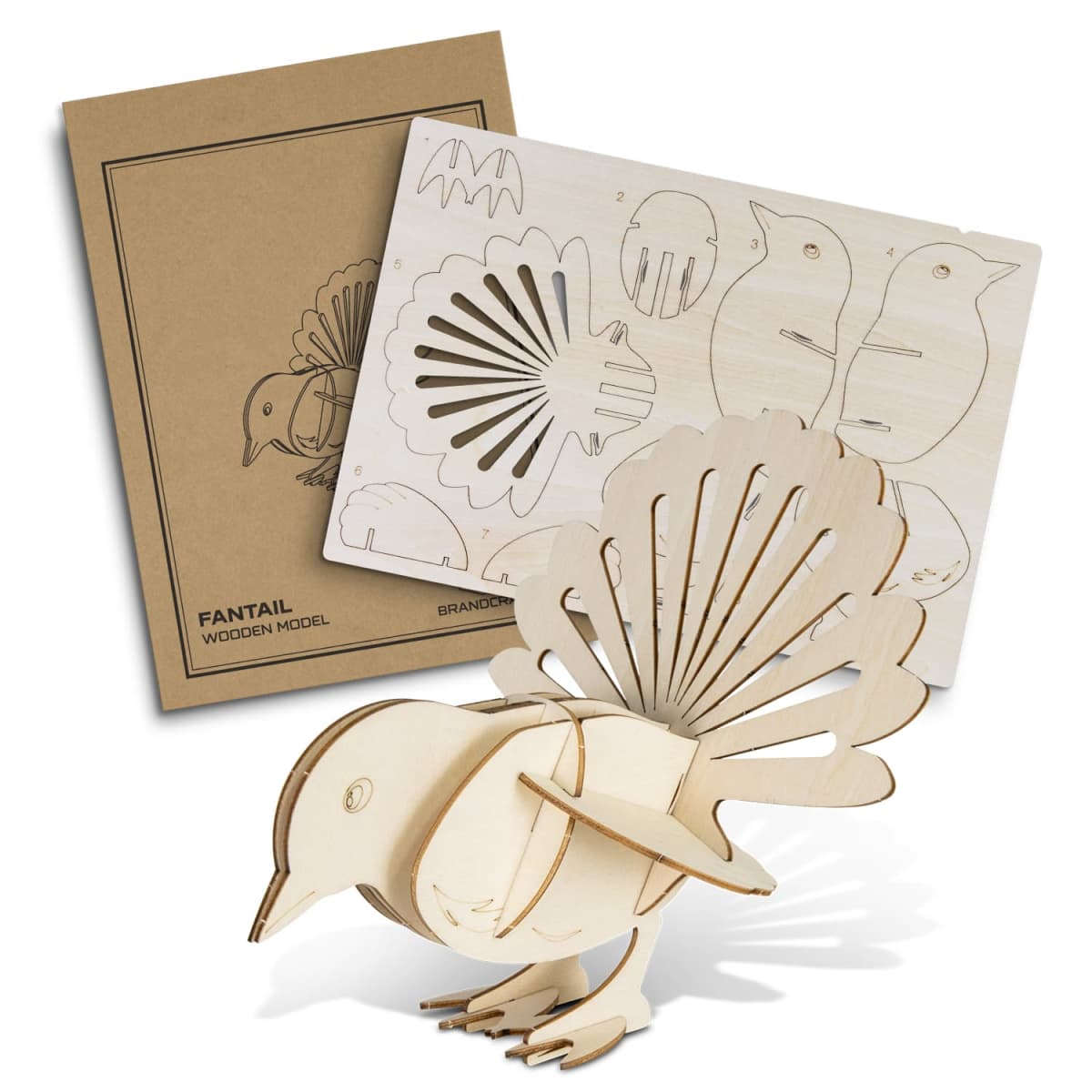 Conference Toys
Conference Toys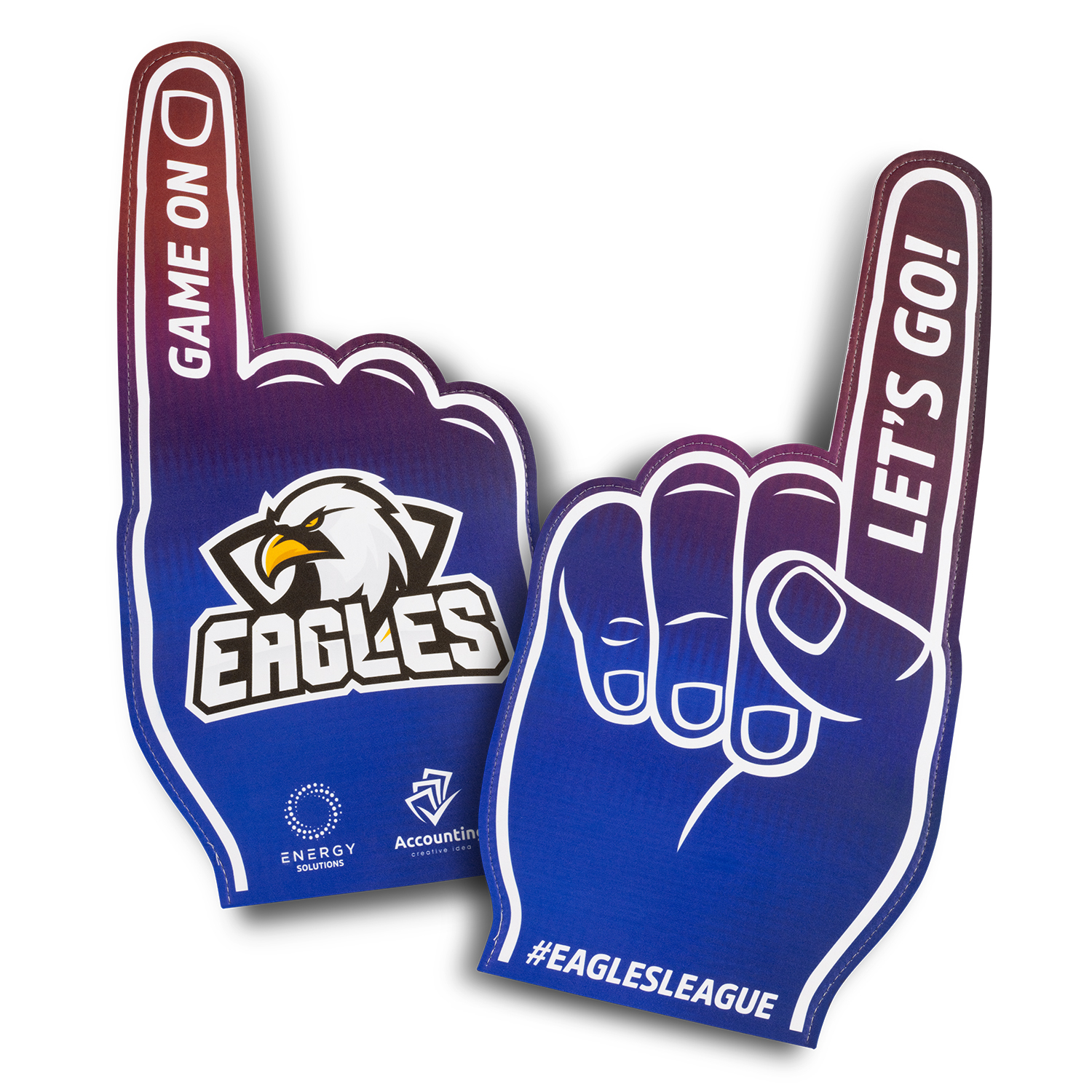 Event Toys
Event Toys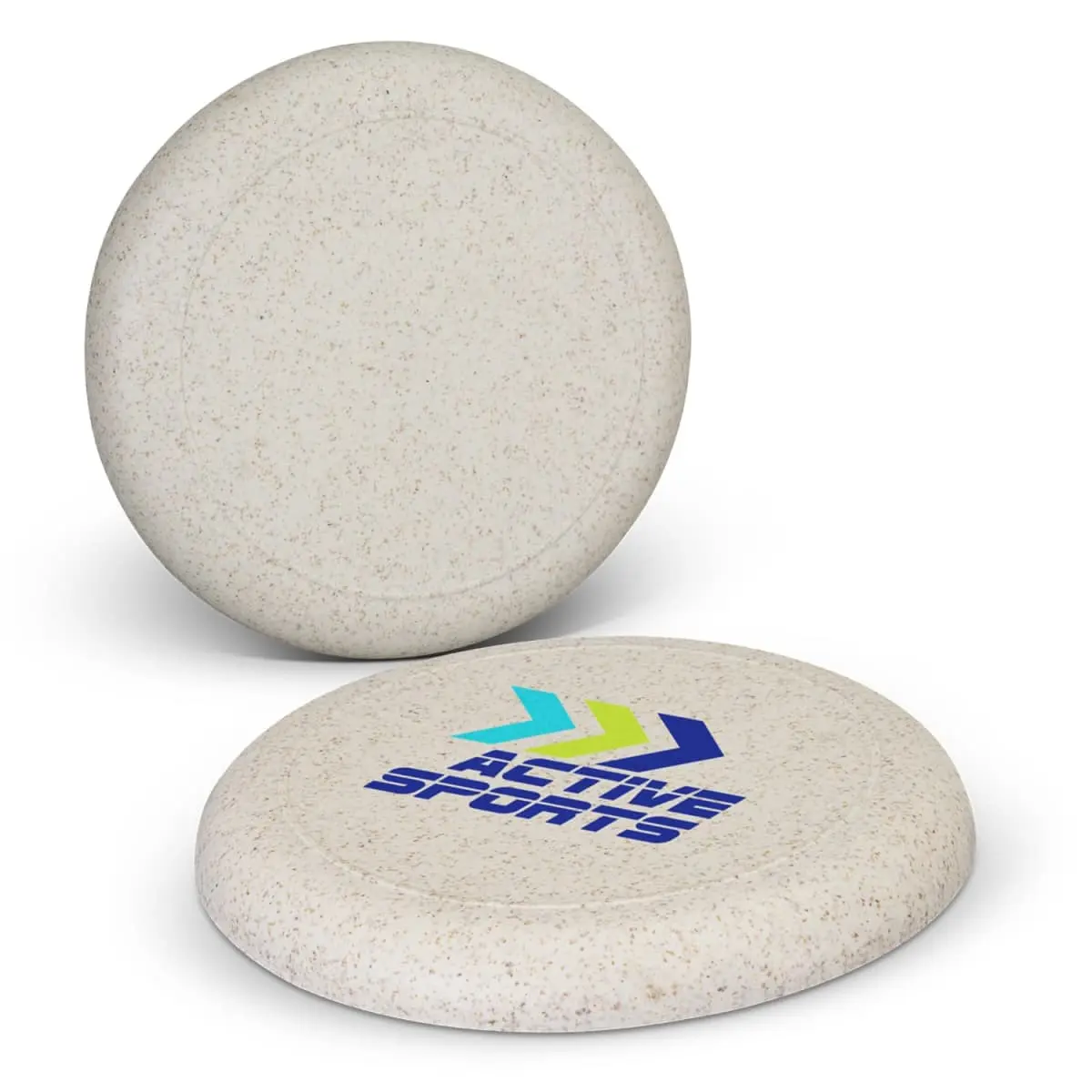 Frisbees
Frisbees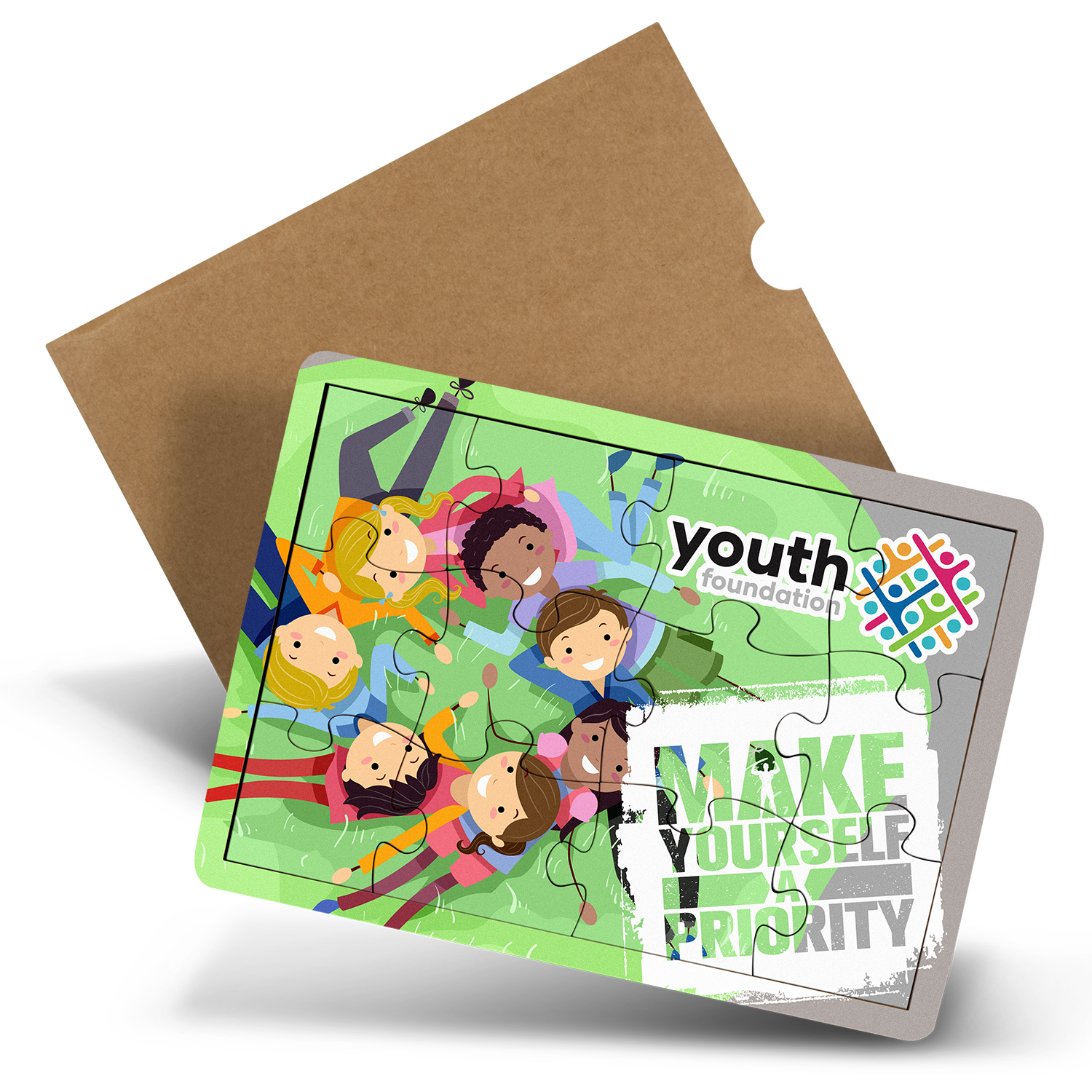 Games & Puzzles
Games & Puzzles Kids
Kids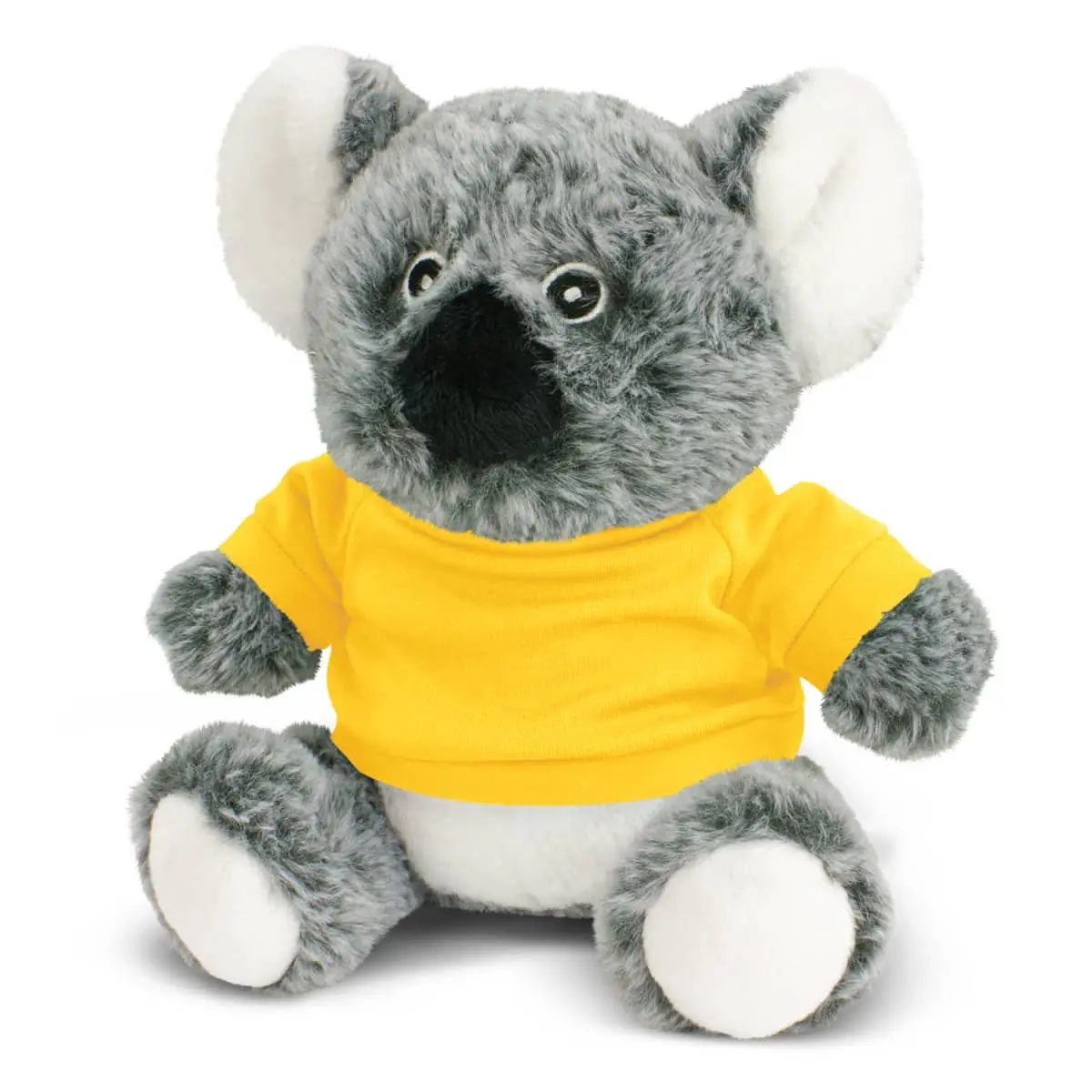 Plush Toys
Plush Toys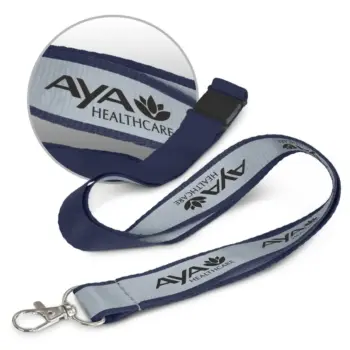
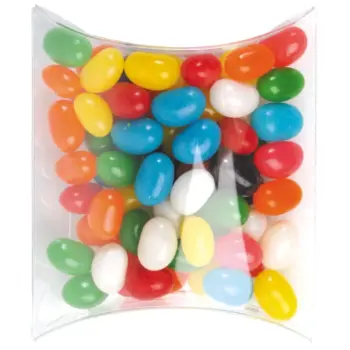
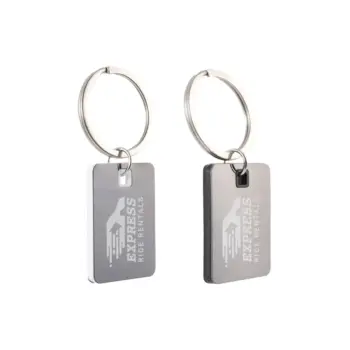


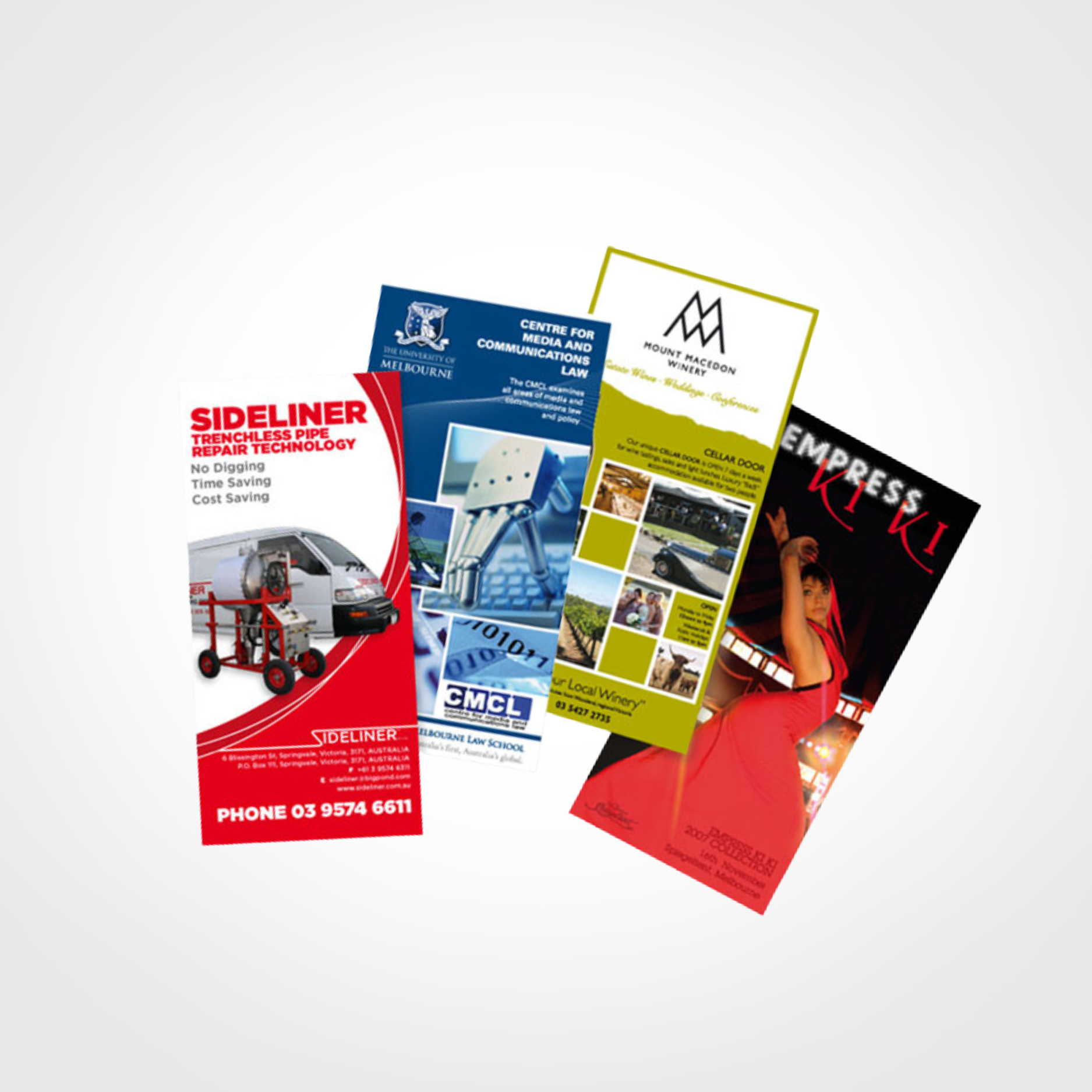 Print | Signage
Print | Signage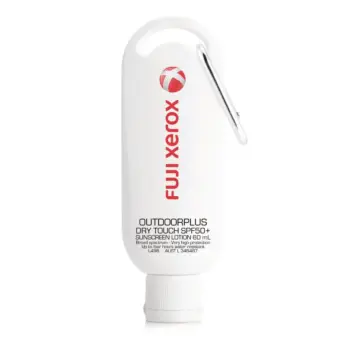
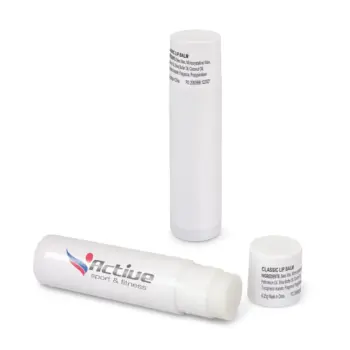
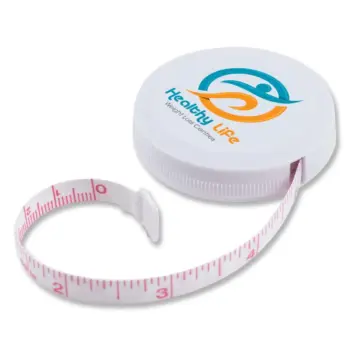
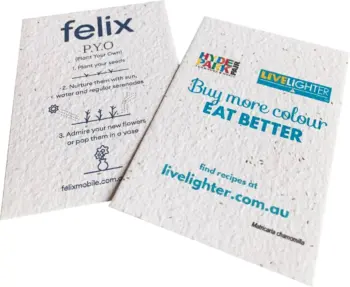
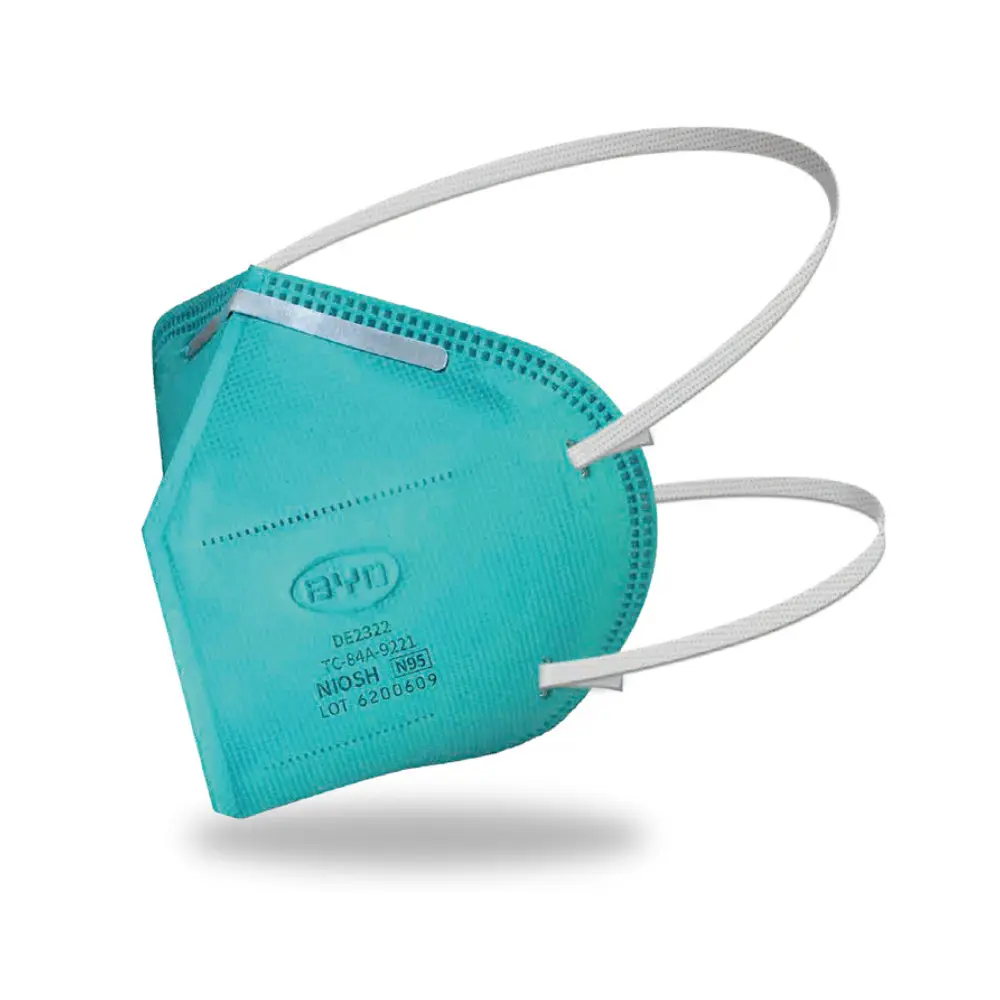 Antibacterial
Antibacterial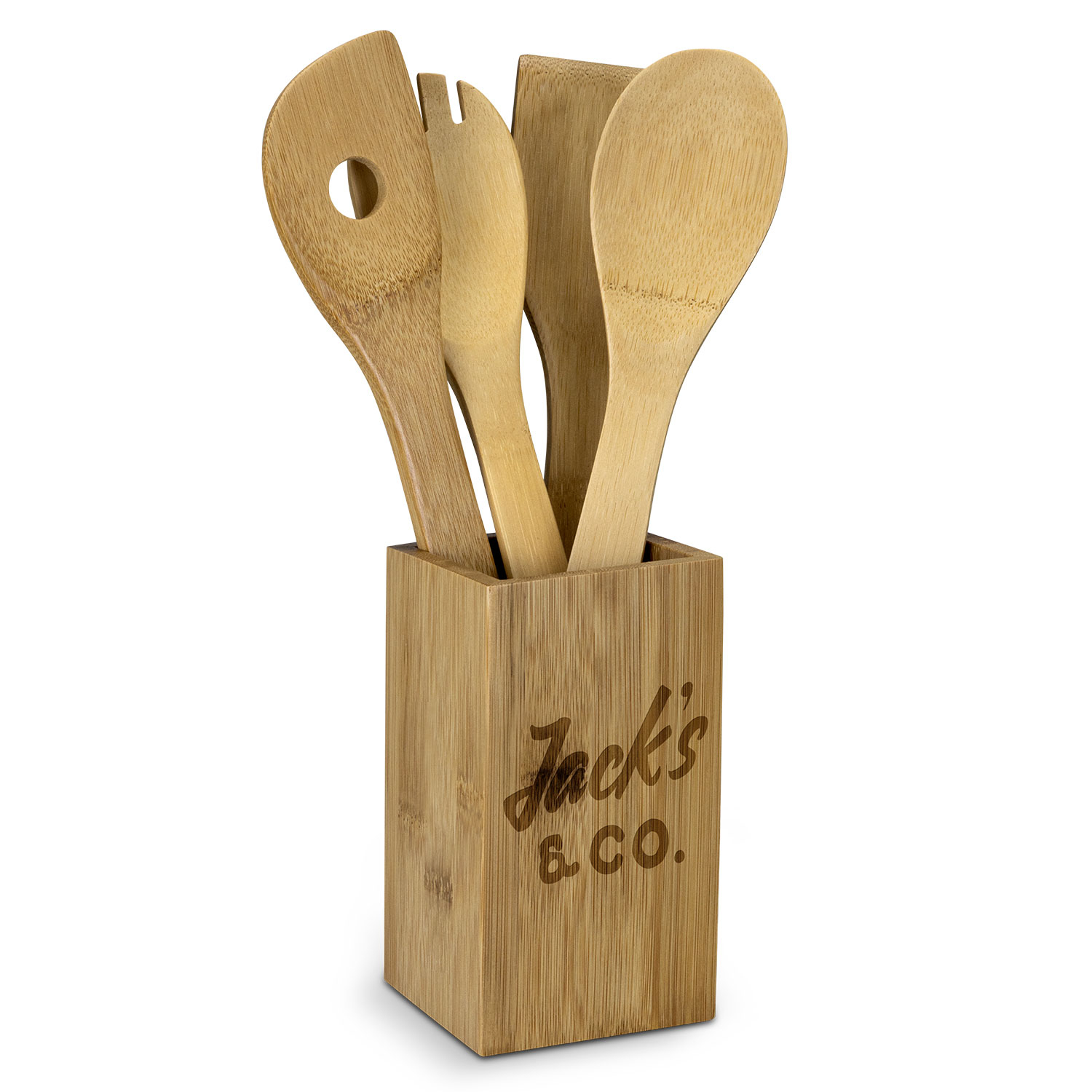 Eco Products
Eco Products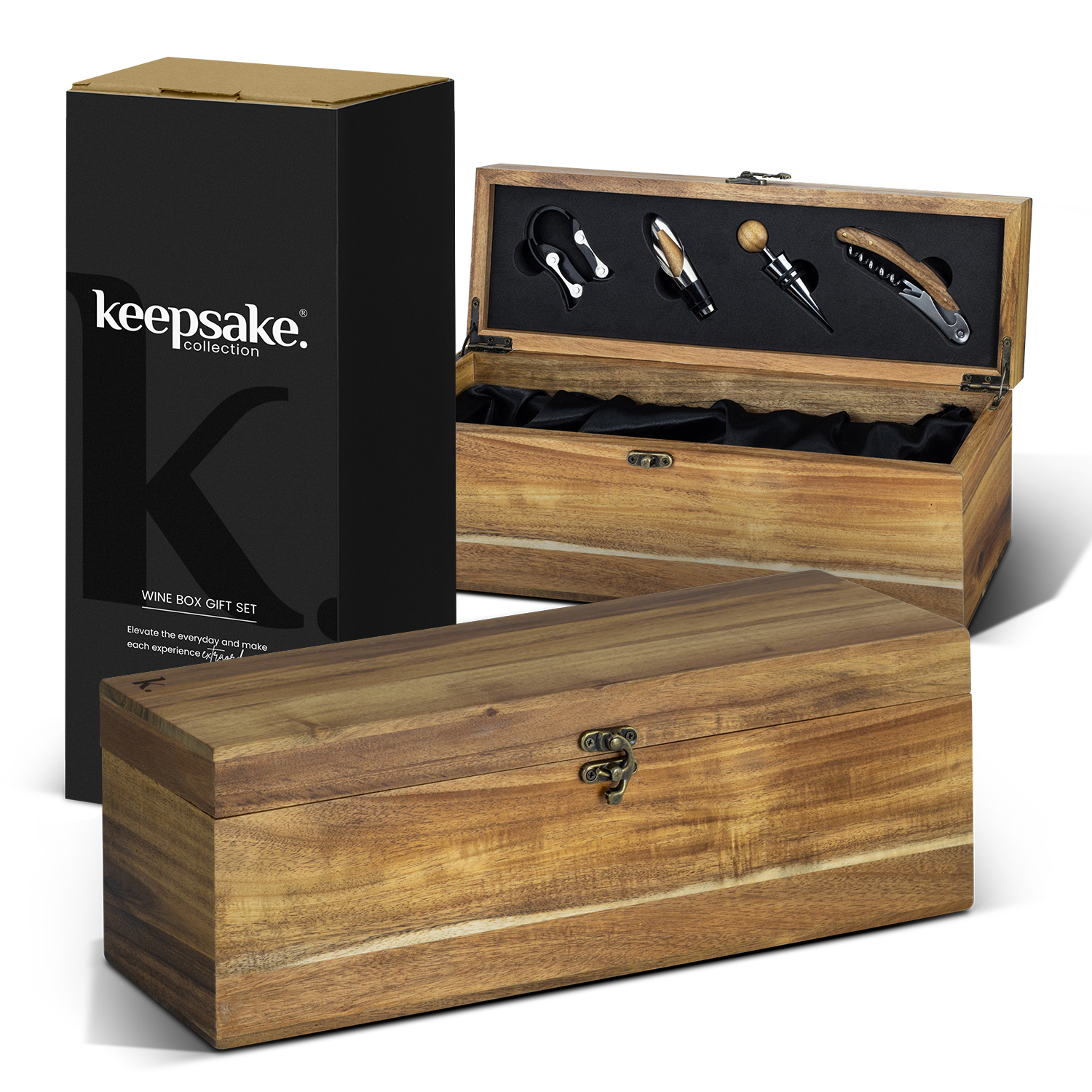 Gift Box Sets
Gift Box Sets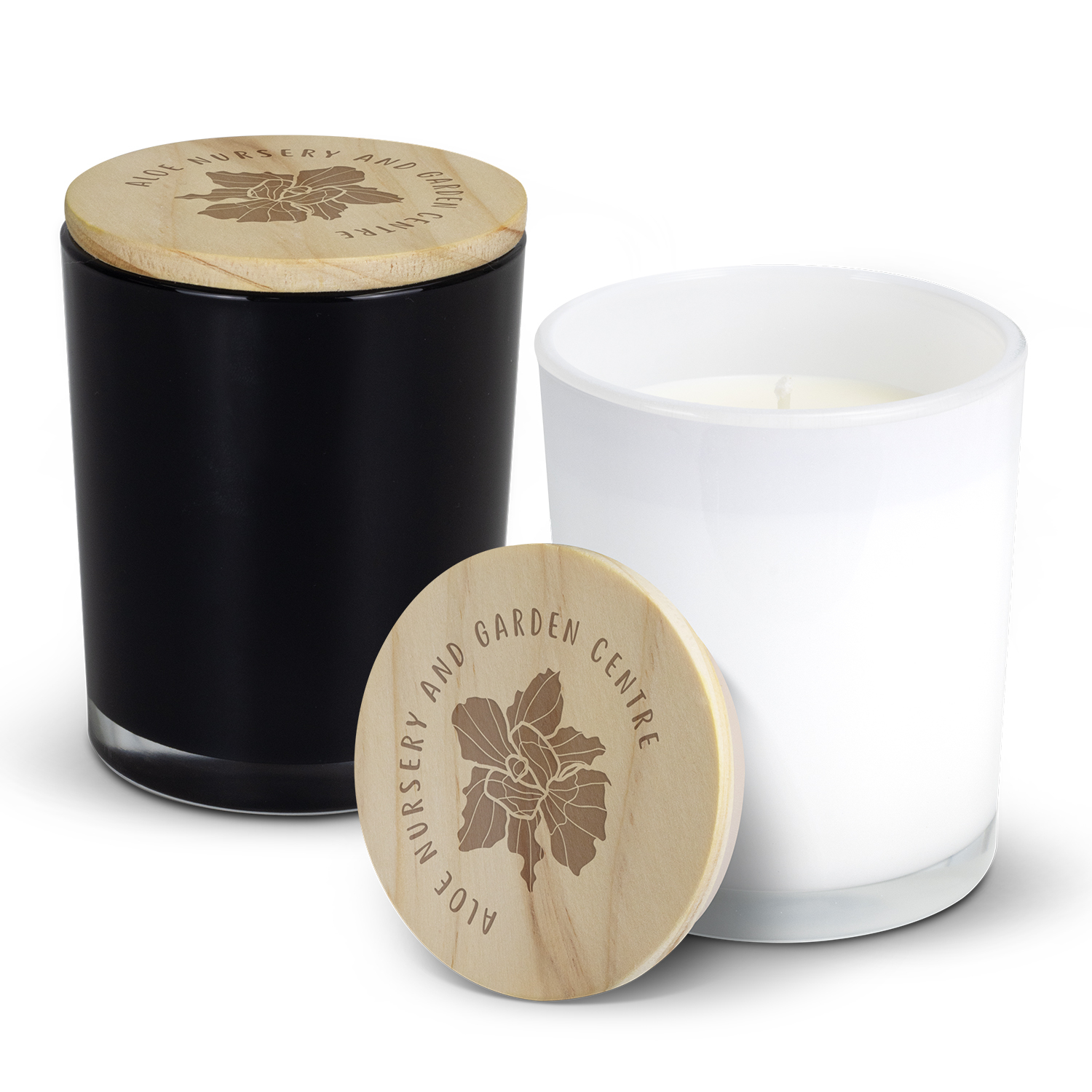 Homeware
Homeware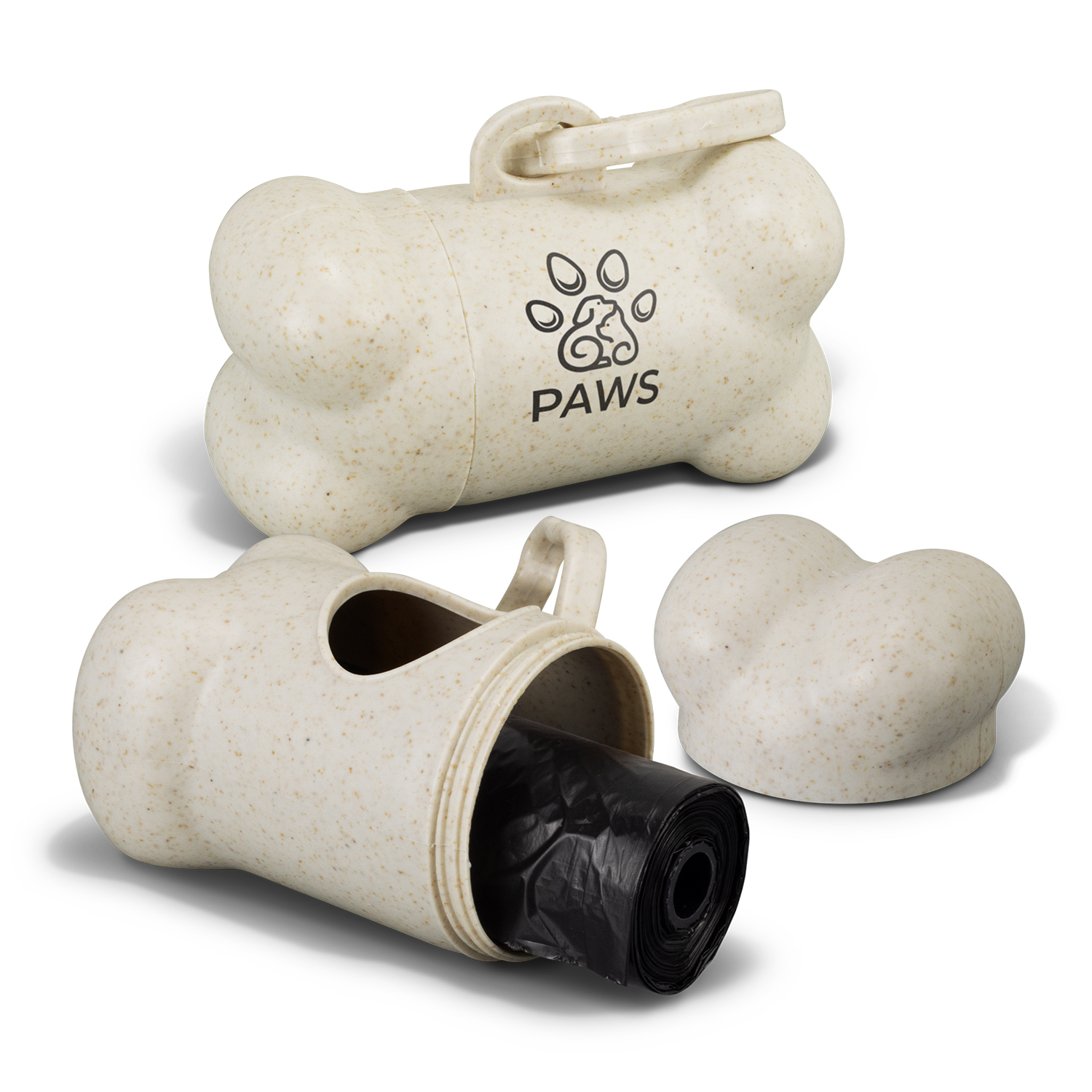 Pet Products
Pet Products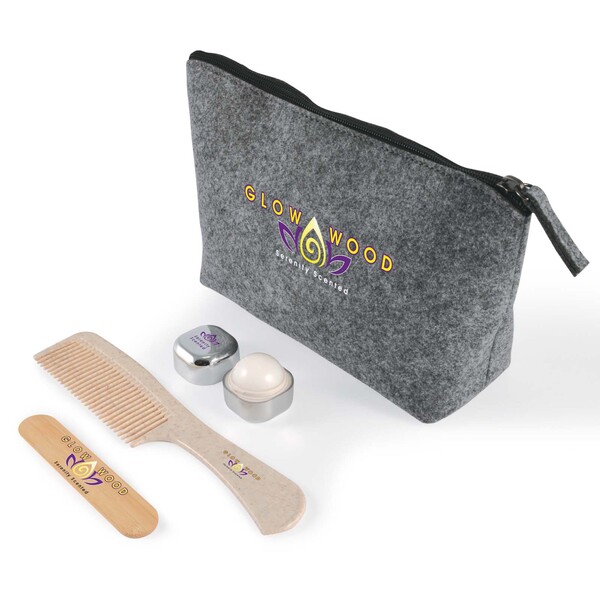 Personal Care
Personal Care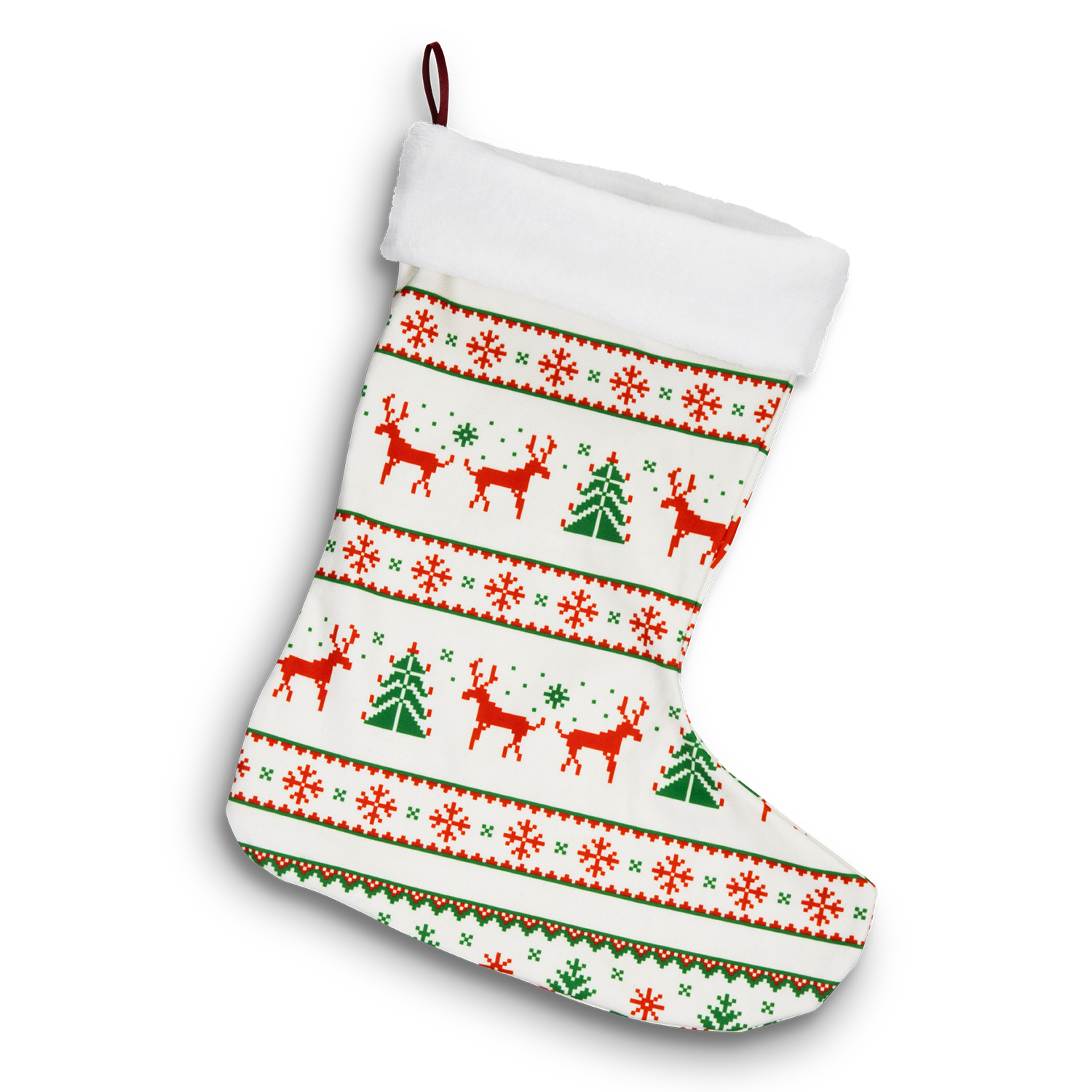 Occasion Ideas
Occasion Ideas